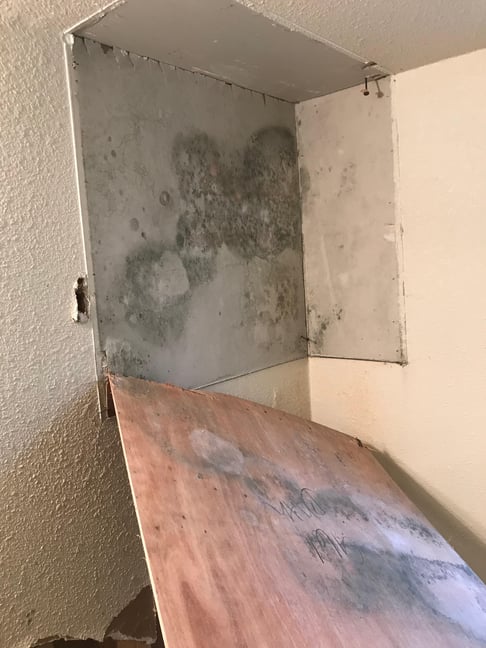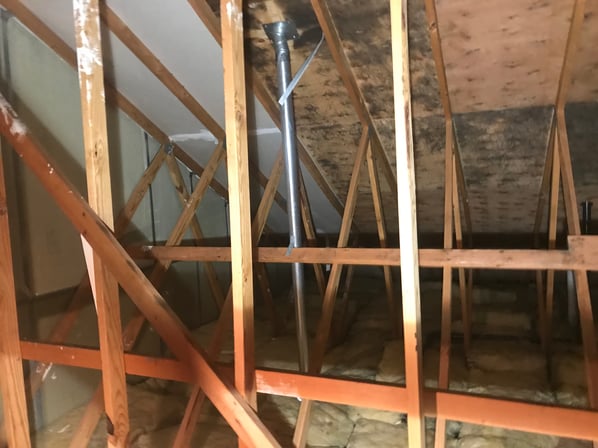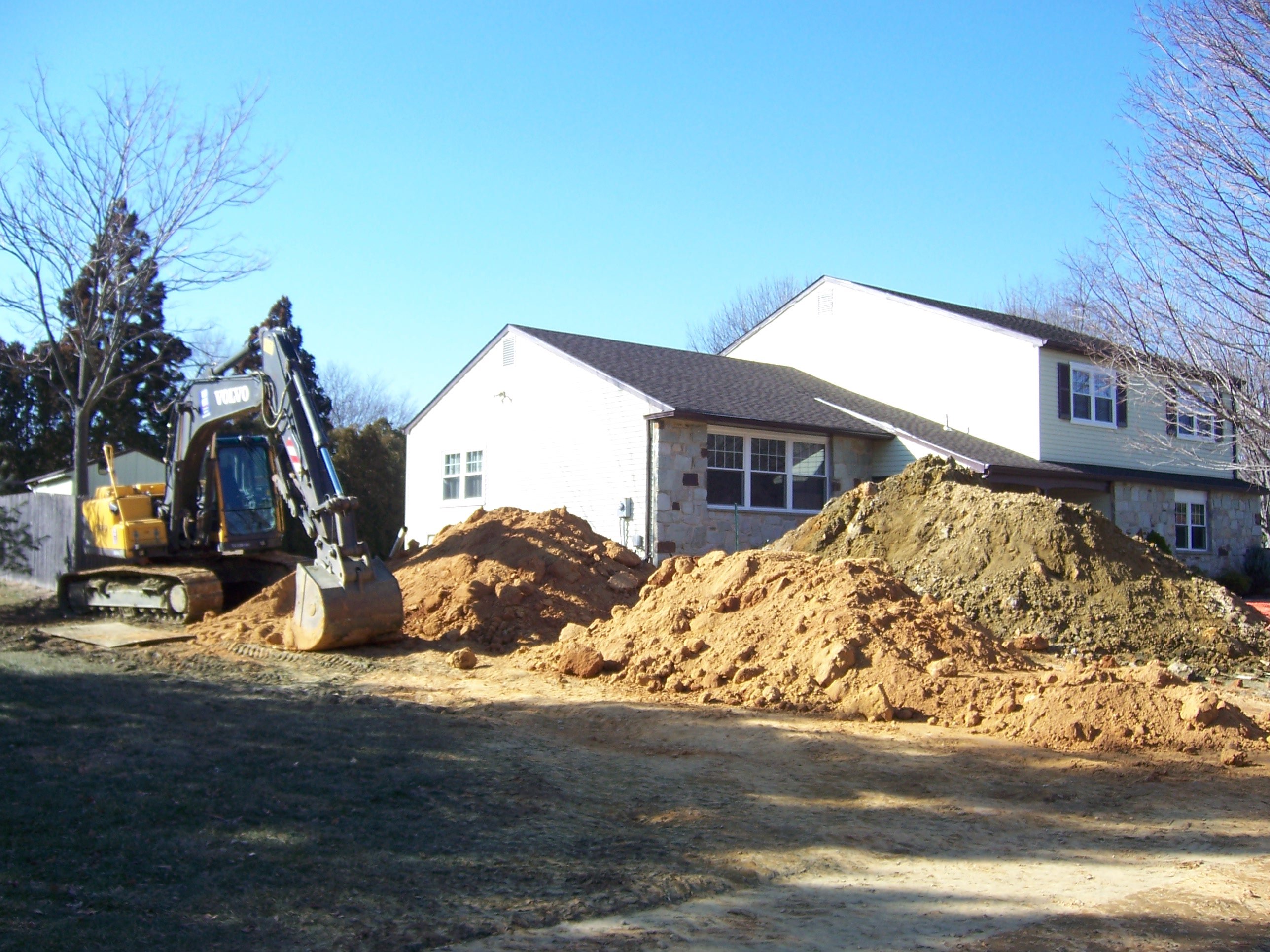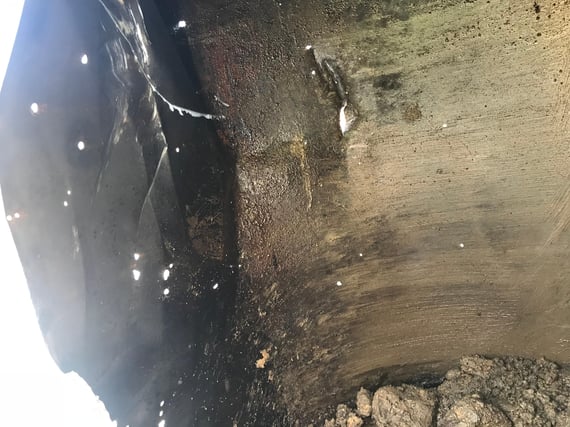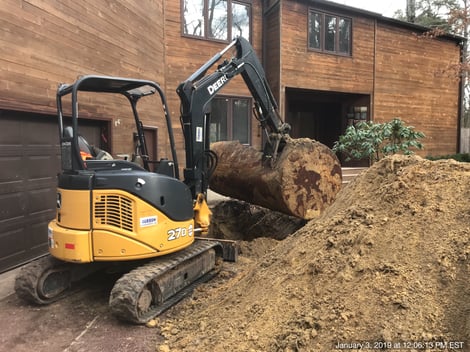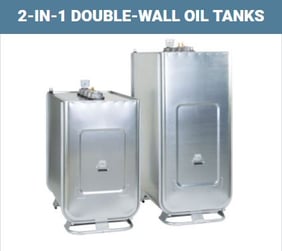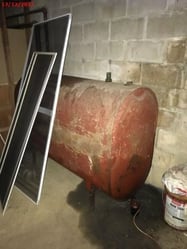You found the perfect house, it's beautiful inside and out. This is not the first house you looked at, you actually lost count, so you have a large pool of houses you considered before you decided to make an offer on this one. There may be a few adjustments when you move in (that worn carpet is going, that wall separating the kitchen and family room is going to go and lastly the large pink bathroom is getting redone.) but mostly it is actually your dream home (great location, yard, large bedrooms and closets). You do the walk through and make an offer on the home. Move forward and now even though the home was your dream home, you never even thought about the environmental issues would impact the purchase of that property.
Underground Oil Tank
The house has charm, it was built in 1950, so oil heat is assured (there really weren't any other choices). You do a tank sweep Oil Tank Sweep and find a long forgotten oil tank in the side yard. Should be easy to remove, cost is around $1,600.00. You request it be removed. Oil Tank Removal. The seller's google oil tank leak and get skittish.
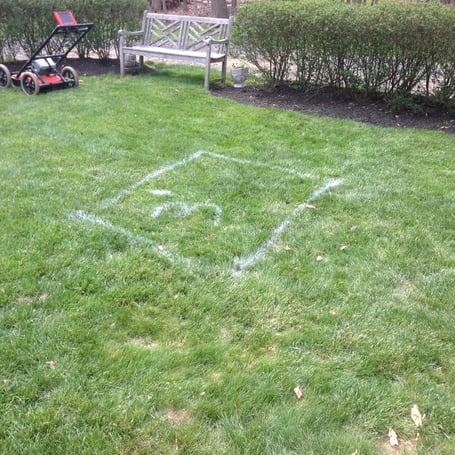
Mold in the Basement
Home inspection find suspect fungal growth in the basement. You hire a mold consultant and the basement is tested and mold is confirmed Mold Inspection & Testing. Mold remediation as well as mold prevention measures are $2,700.00. Seller gripes about having to remediate the mold, but their realtor and attorney advised that now that the presence of mold is known it must be disclosed to future buyers and many buyers may be hesitant to buy a home with old. You are told that mold is not a selling feature. But hey the mold remediation comes with a long warranty, who doesn't want piece of mind. Mold Remediation
Asbestos in the Wall you want to remove.
Asbestos was actually considered a green building product back in the day. It was used everywhere, including in plaster and since the house was built in the 1950 (asbestos was banned in the 1970's). The contractor you had walk through to give you a renovation budget said the presence of asbestos is almost guaranteed as he has worked in the town for years and it comes up on all his projects of homes from that era). Not a huge problem, but it is going to add thousands to the renovation budget, the landscaping budget just evaporated). The money for the asbestos is not a concession the seller is willing to step up to, since its well documented that older homes have asbestos. In fact your realtor tells you that it would be a real feat to find a home built before 1970 that doesn't have asbestos somewhere in the home.
The HVAC System has poor Indoor air quality.
You learned during the home inspection process that the HVAC system is the lungs of the home. Makes sense hot and cold air run through the system so anything that the system does to improve air quality helps. This system doesn't do much. You learned that the little 1" (inch) filter does next to nothing to remove particulate from the air. You need a MERV 13 or 16 filter, which is 5" thick. MERV: minimum efficiency reporting value. The MERV 16? Well that filter captures >95% of particles in the entire size range tested (0.3-10.0 microns), one micron — a millionth of a meter, kind of like adding a N-95 mask to your HVAC system. The system also needs to add more fresh air every hour to compensate for people consuming air and adding carbon dioxide with every breath exhaled. The house doesn't have a whole house humidifier, which you need in winter to raise humidity. Apparently viruses can thrive in a low humidity environment. Lastly you need a UV light added to the system. Why UV Light? Ultraviolet lights have been proven to kill mold, viruses and bacteria for more than 100 years. In 1903, Niels Finsen was given the Noble Prize in Medicine for using UV to effectively treat patients with skin infections. UV Light is also being used to clean areas of Covid-19. It all makes sense, you though a heater was a heater, but indoor air quality is on everyone's mind and improving indoor air quality. Again the sellers are not contributing to the cost since the HVAC was visible, but your untrained eye missed what the HVAC system as missing. On a side note, their realtor tells your realtor that they are making the same changes to the HVAC system on the home they are buying.
Oil Tank Leaked.
Sellers agreed to remove the tank, and yes a buried metal tank in the ground will rust and oil will leak through the holes. Remediation cost you are told is around $19,000, and that is not a really expensive cleanup either. The sellers move forward with the work, but settlement is delayed 45 days due to the remediation and the government signoff of the work. Again your realtor and attorney explain that a looming oil tank remediation is going to deter other buyers. Side note, both your mortgage company and home owner's insurance carrier had issues providing insurance and a mortgage on a property with oil contamination.
Want to learn about environmental issues in real estate?
What to know how a home can be green?
Curren Environmental is an education provider and lectures on these topics? Want to make your staff, your company, your associates smarter about environmental topics? Call Tiffany Byrne to learn how we can help 856-858-9509
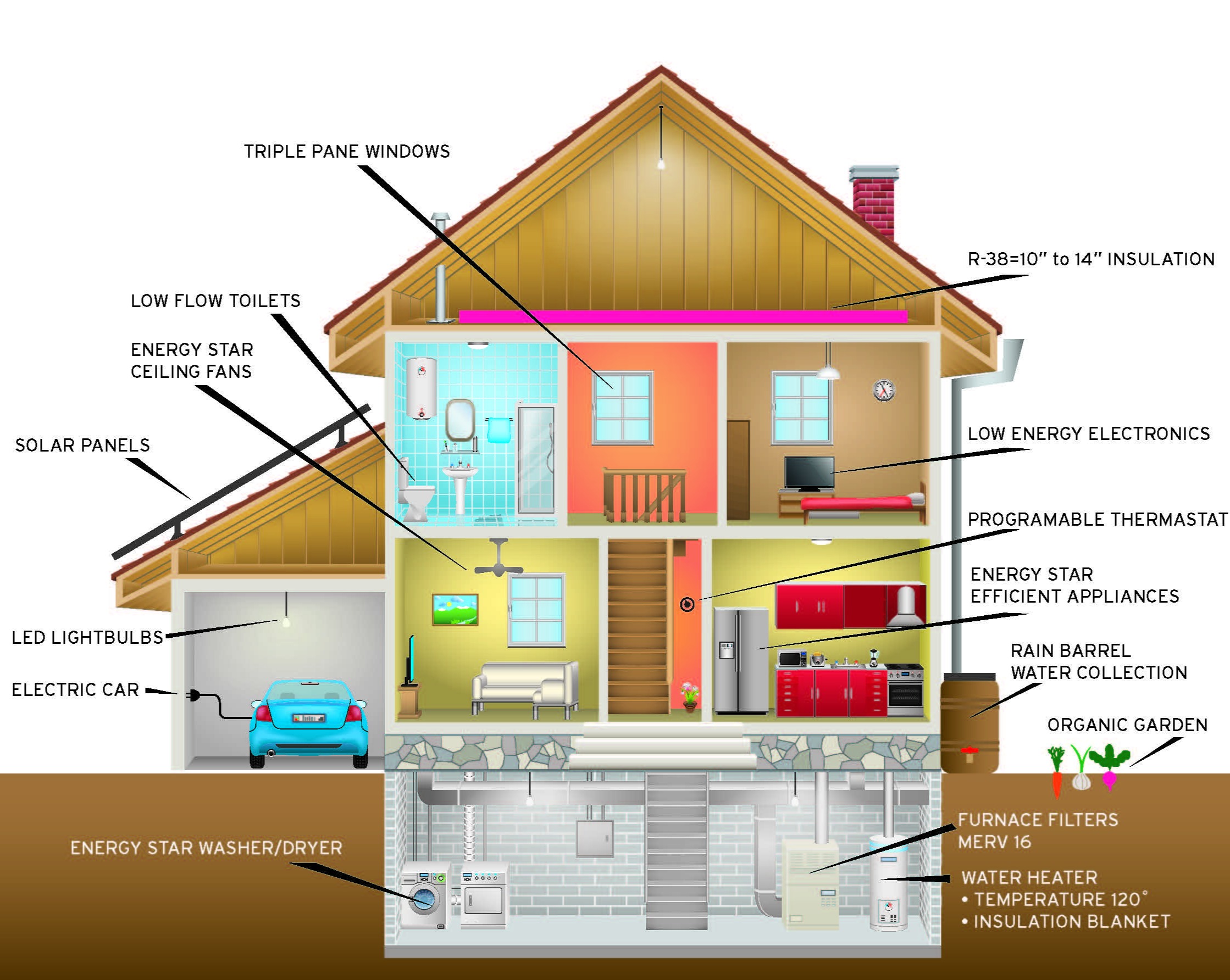


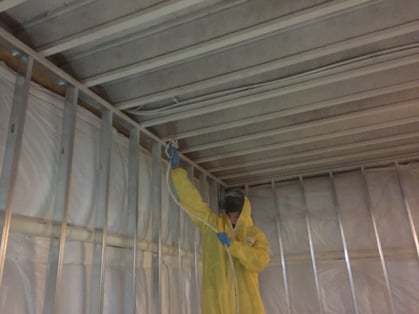


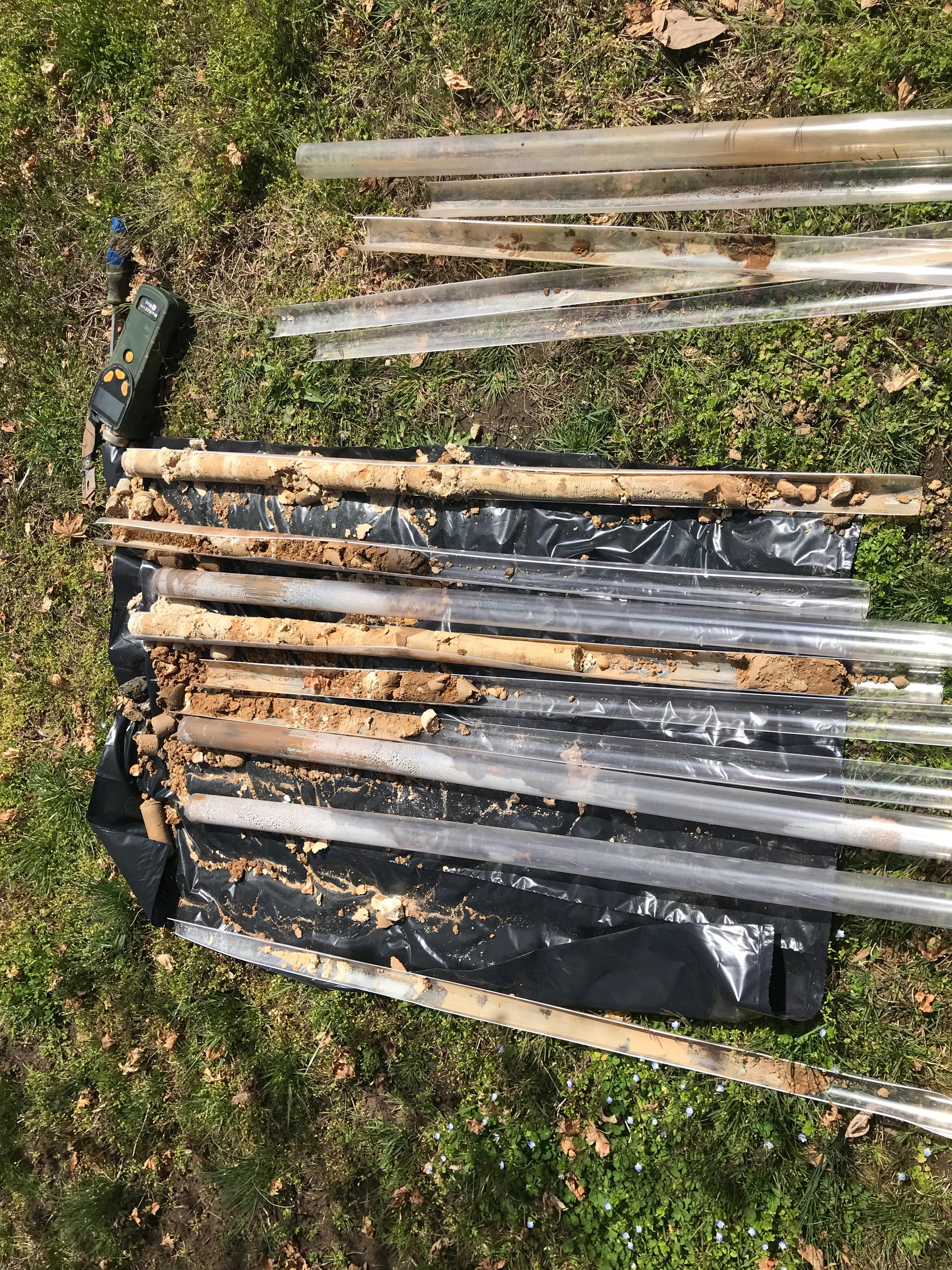
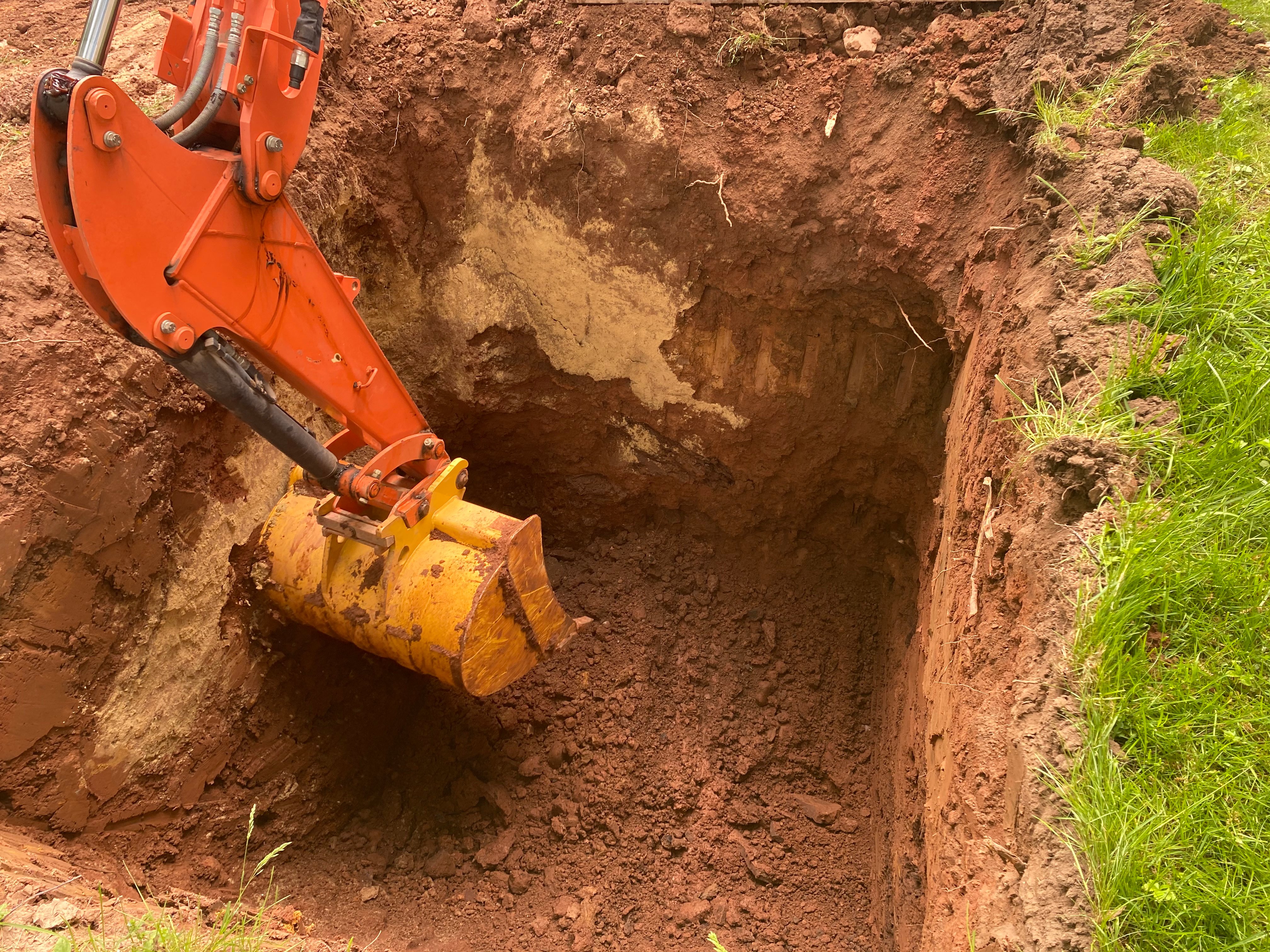
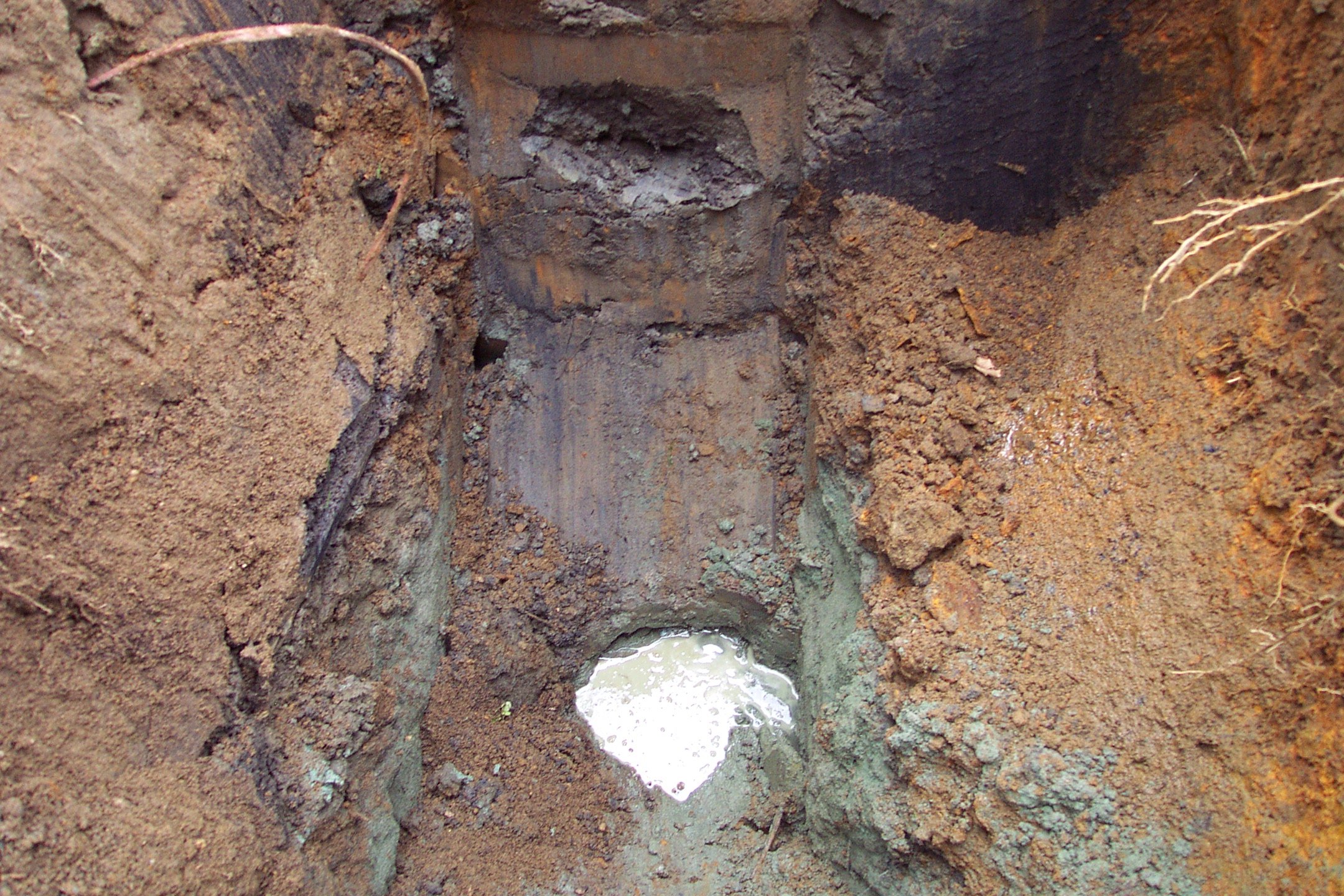


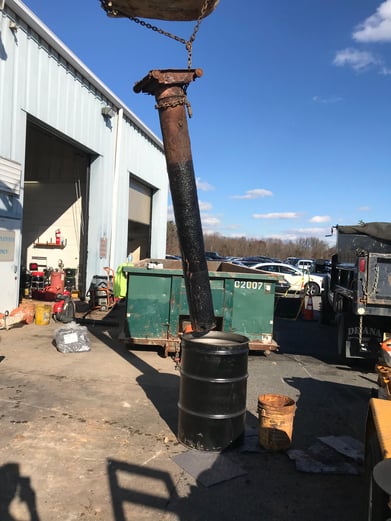
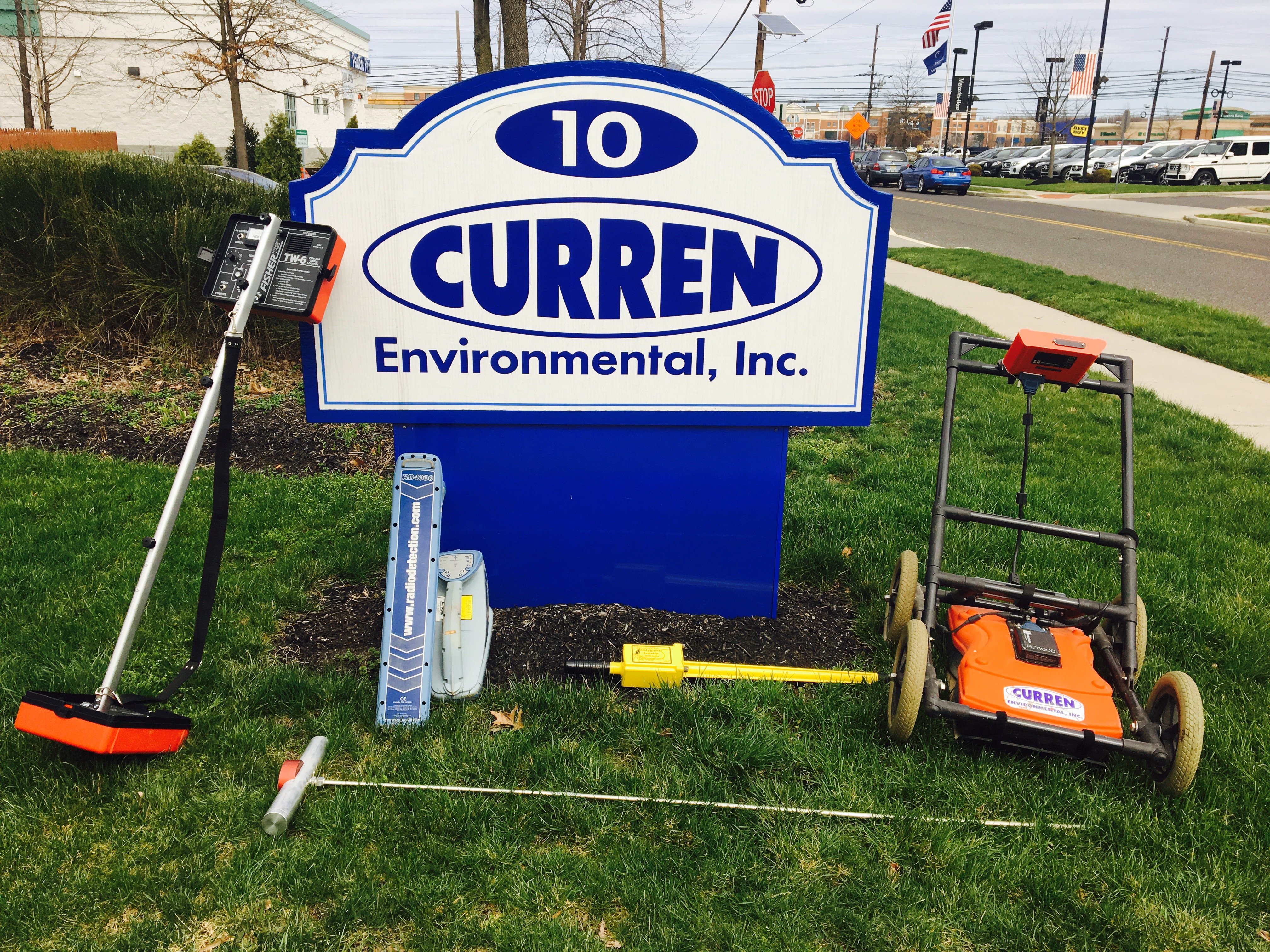
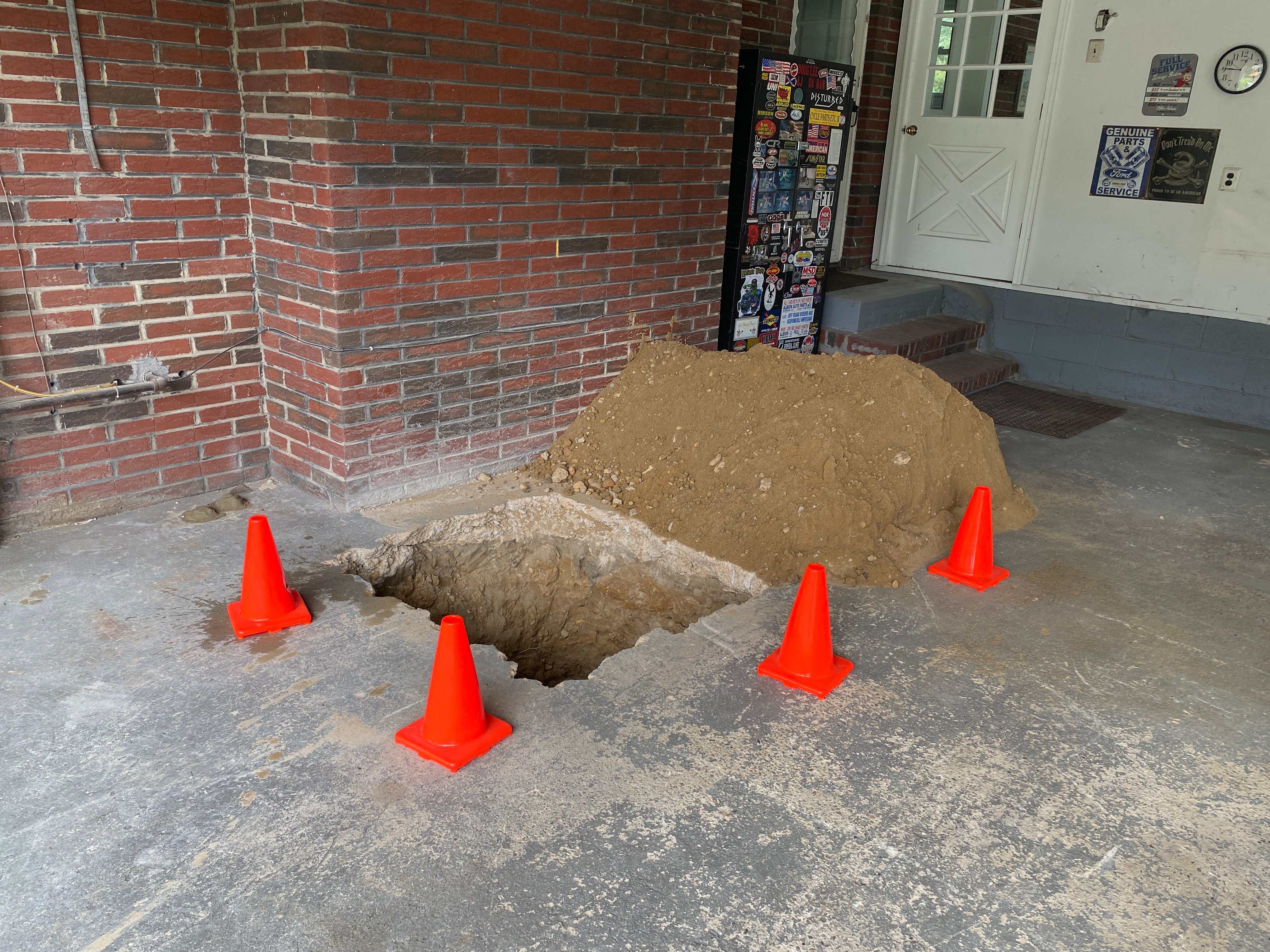
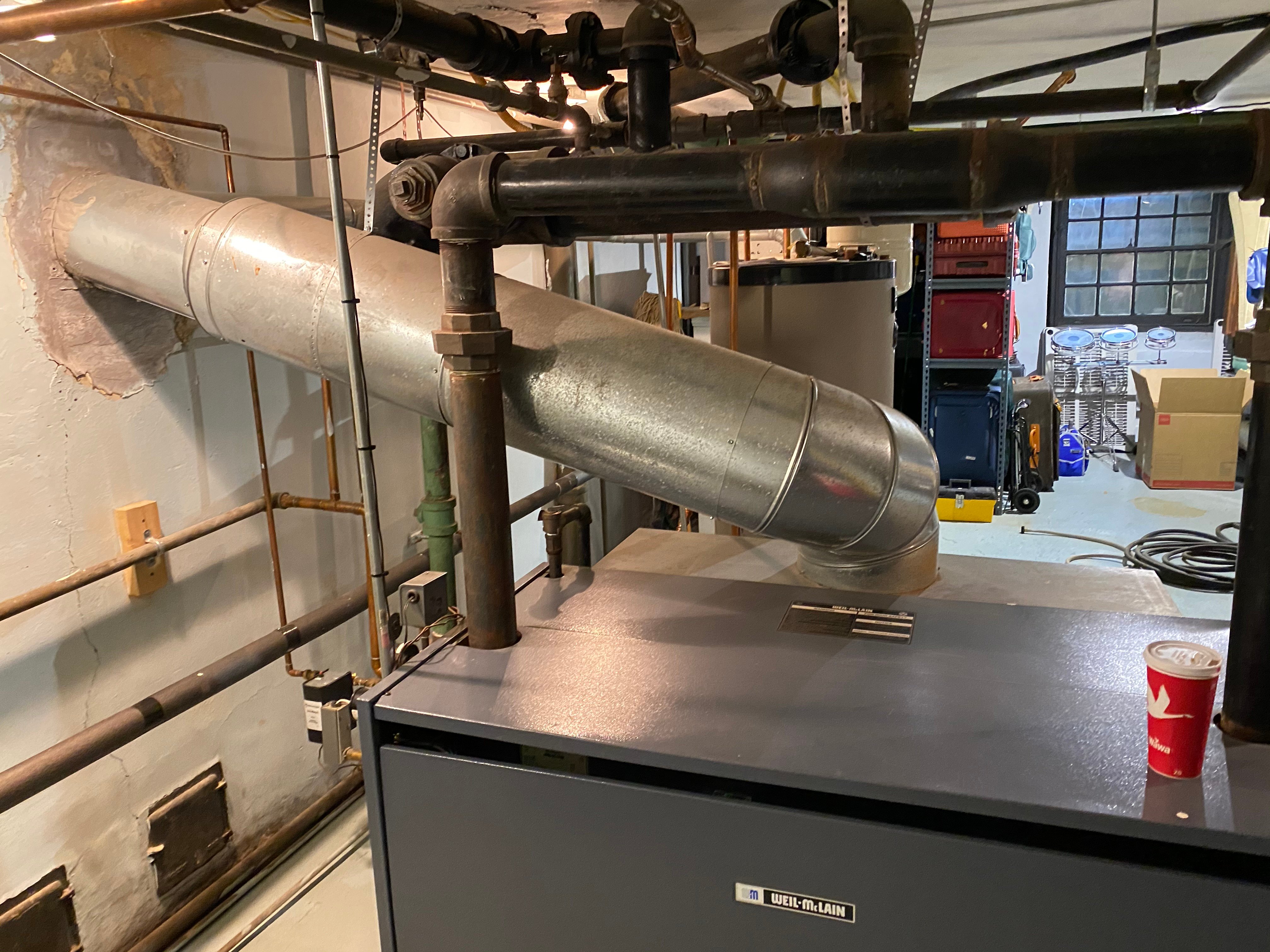
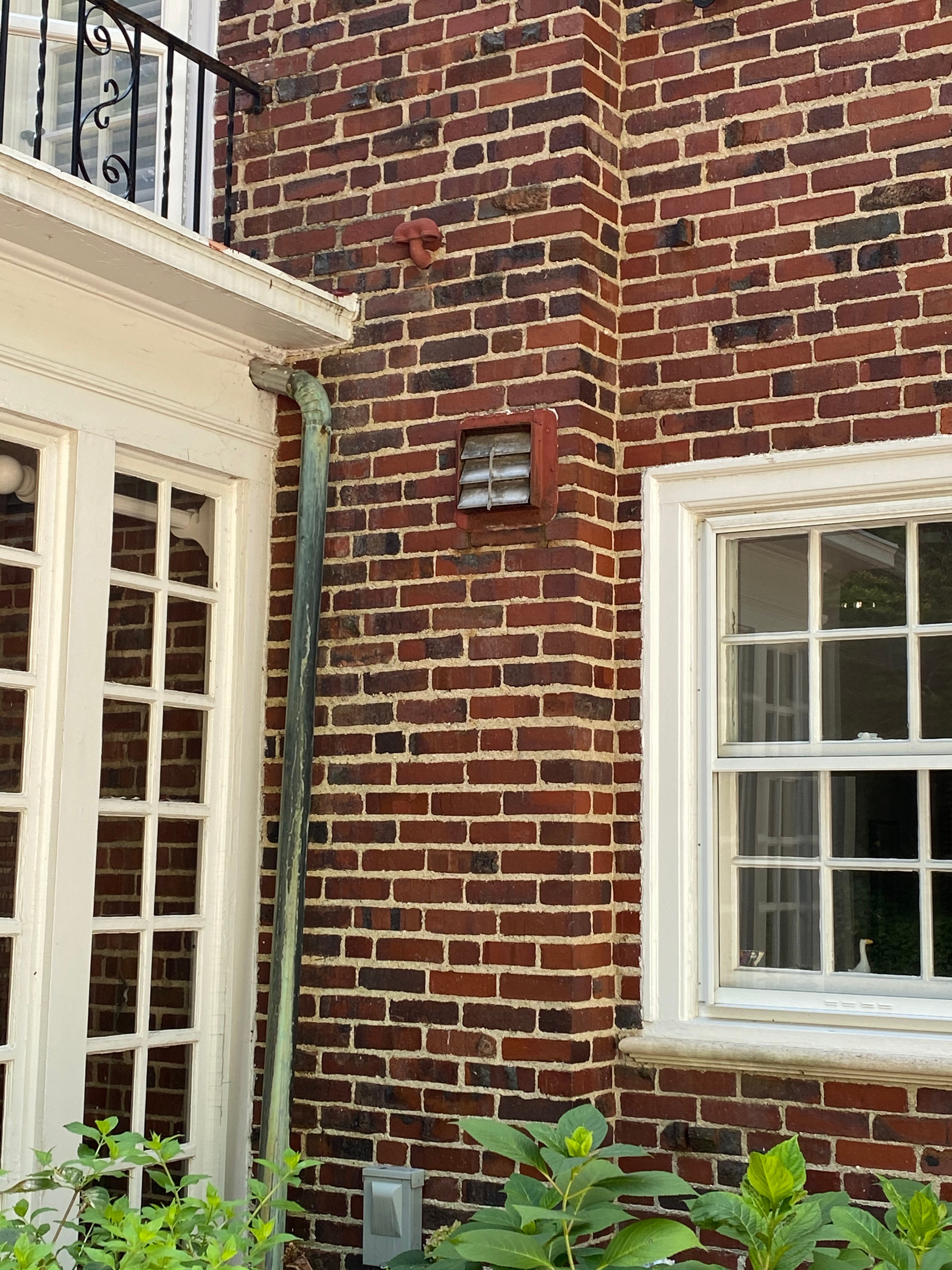
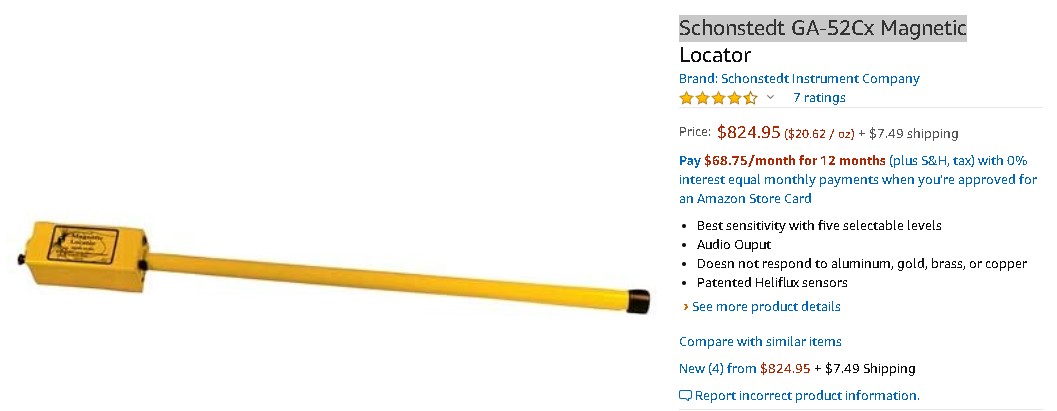
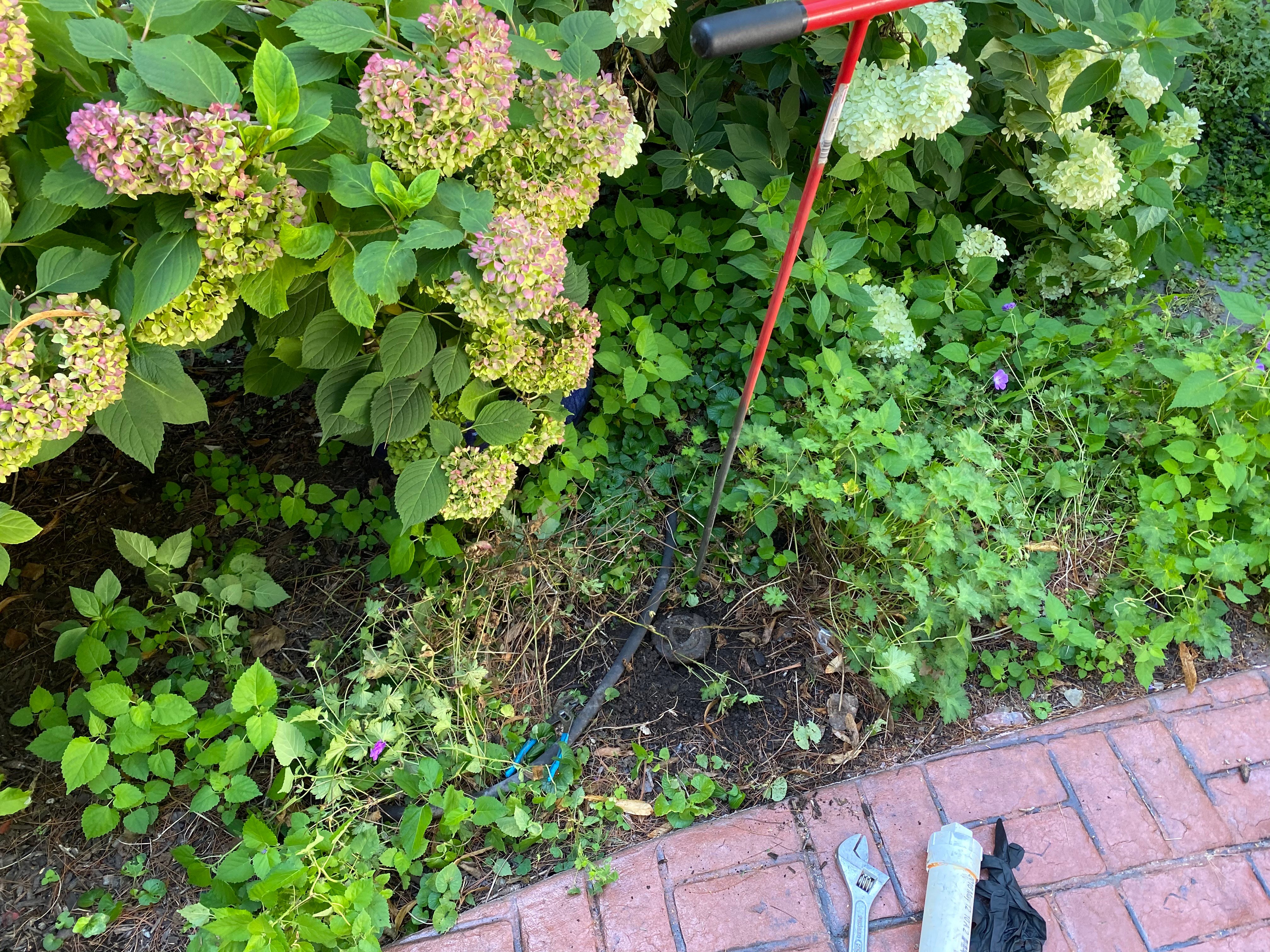

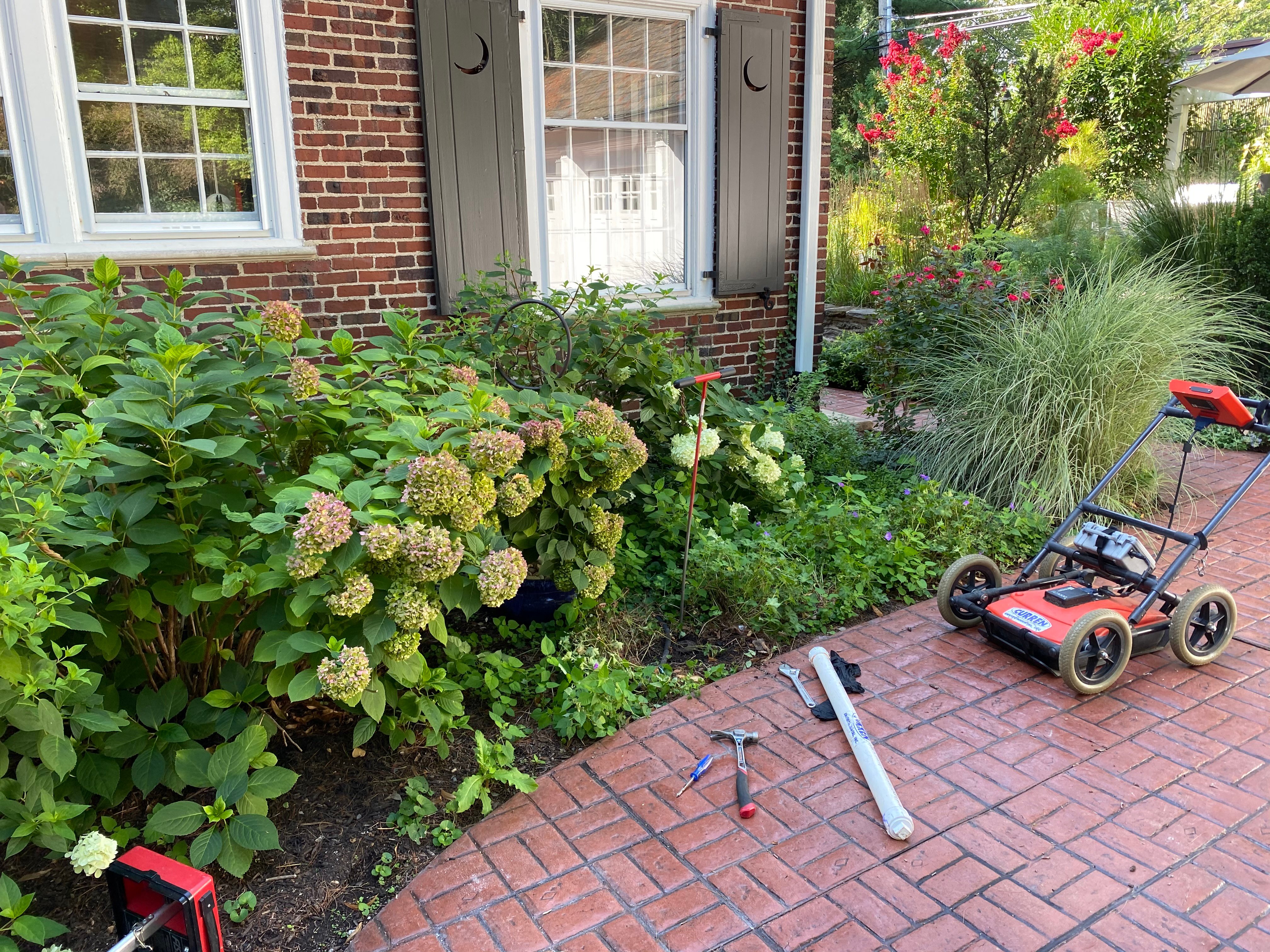
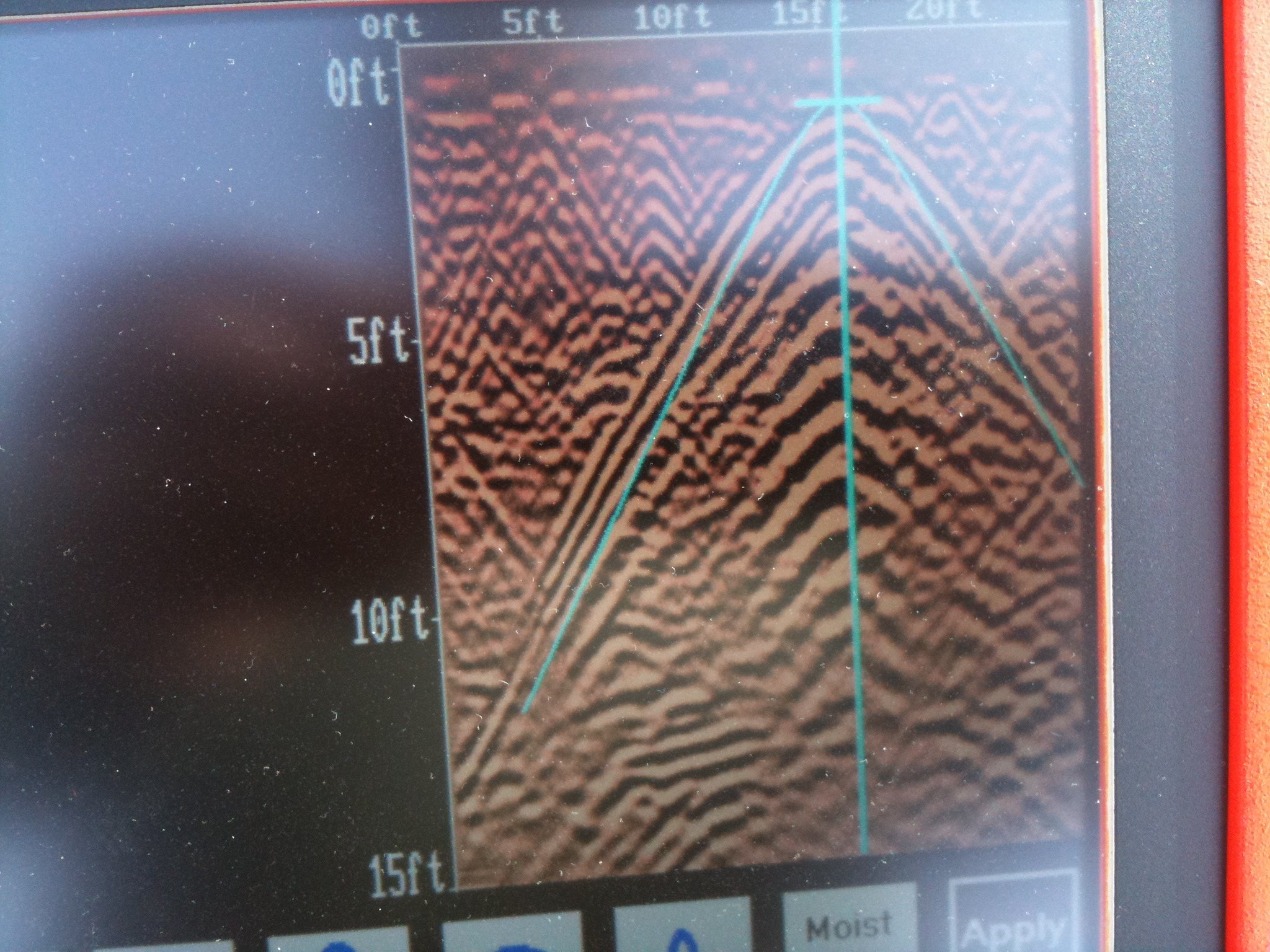

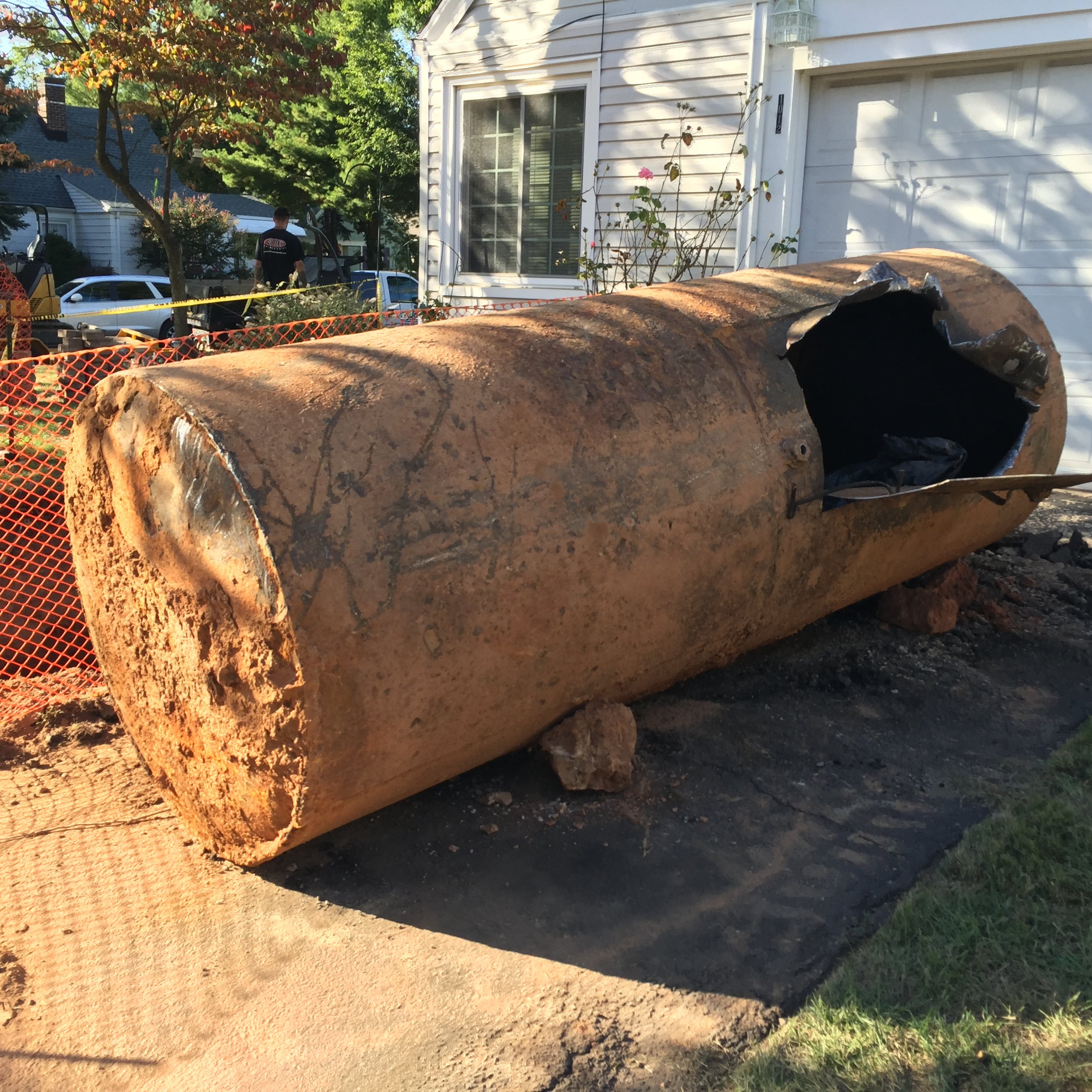

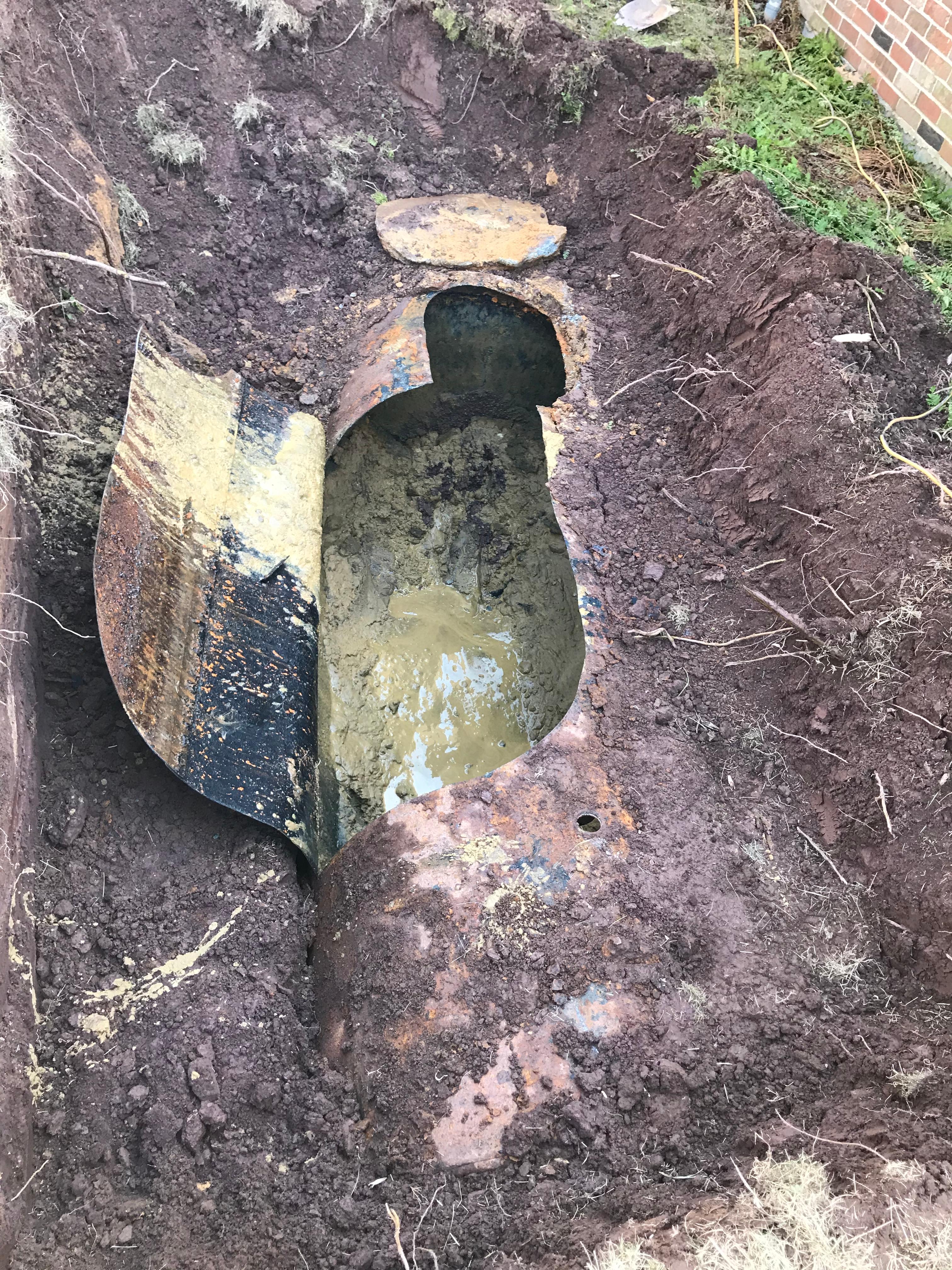
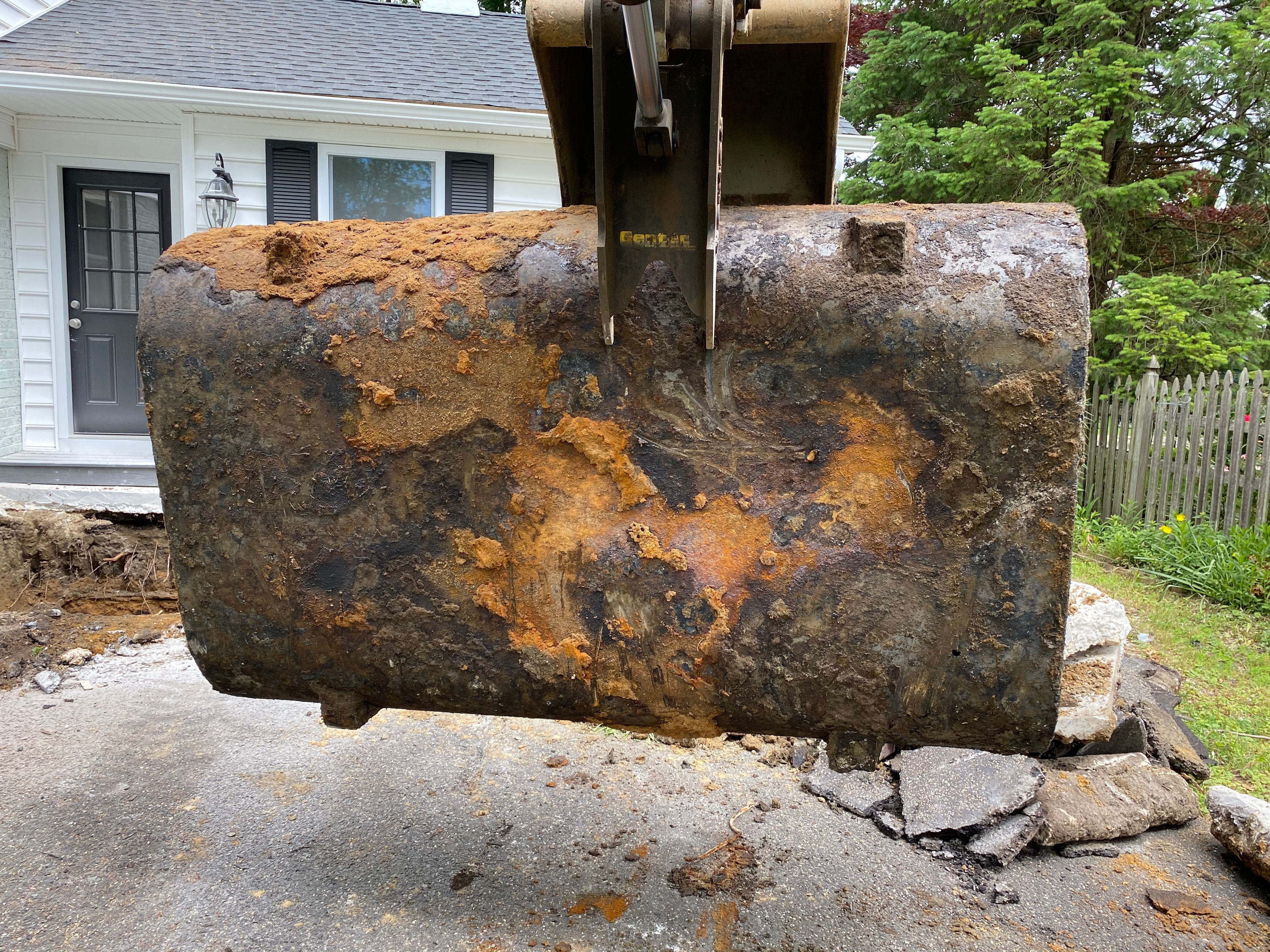
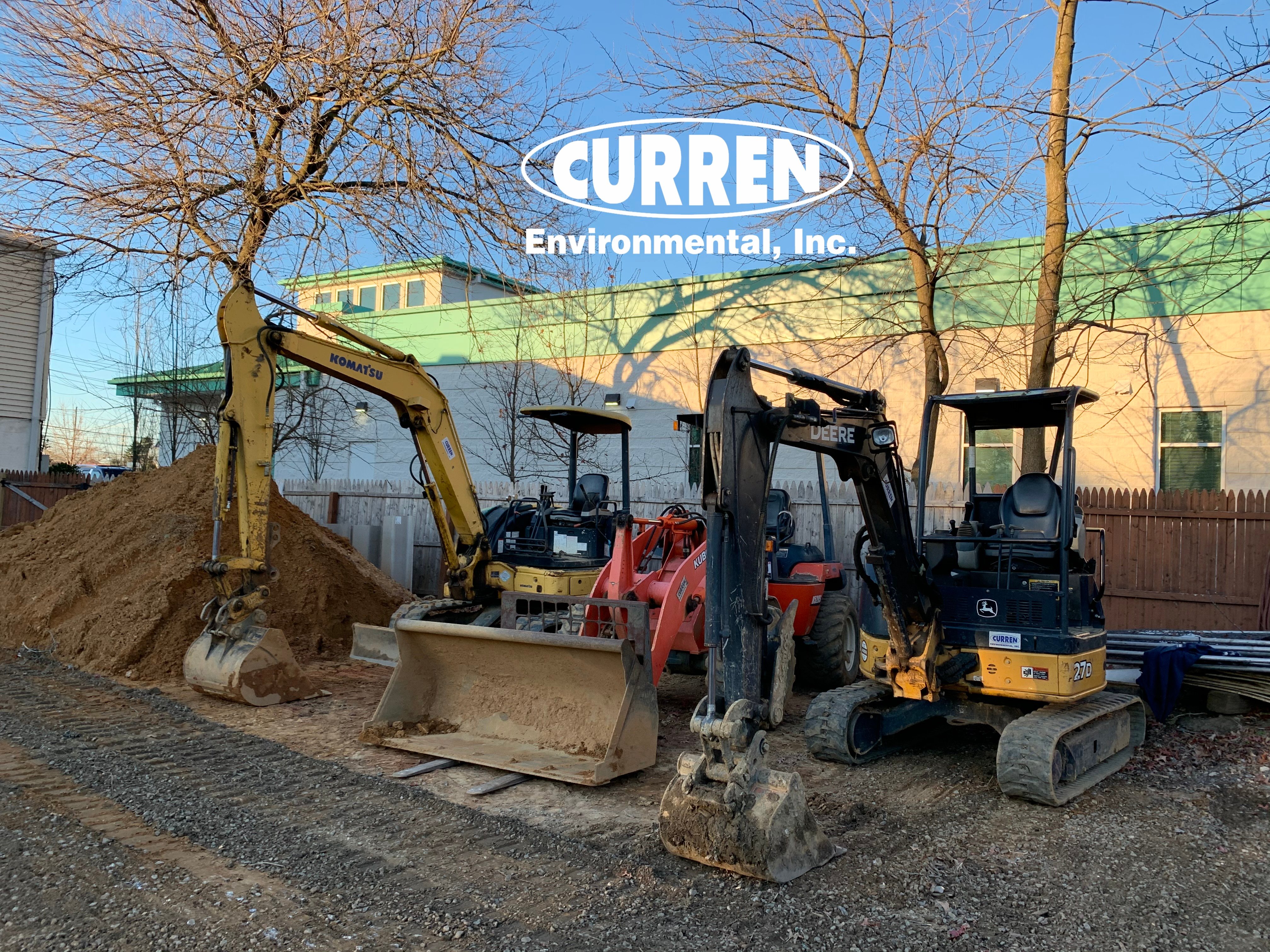
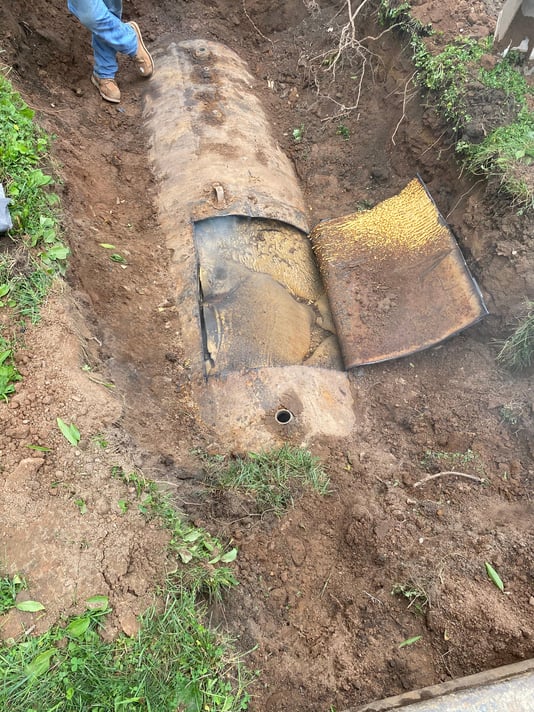
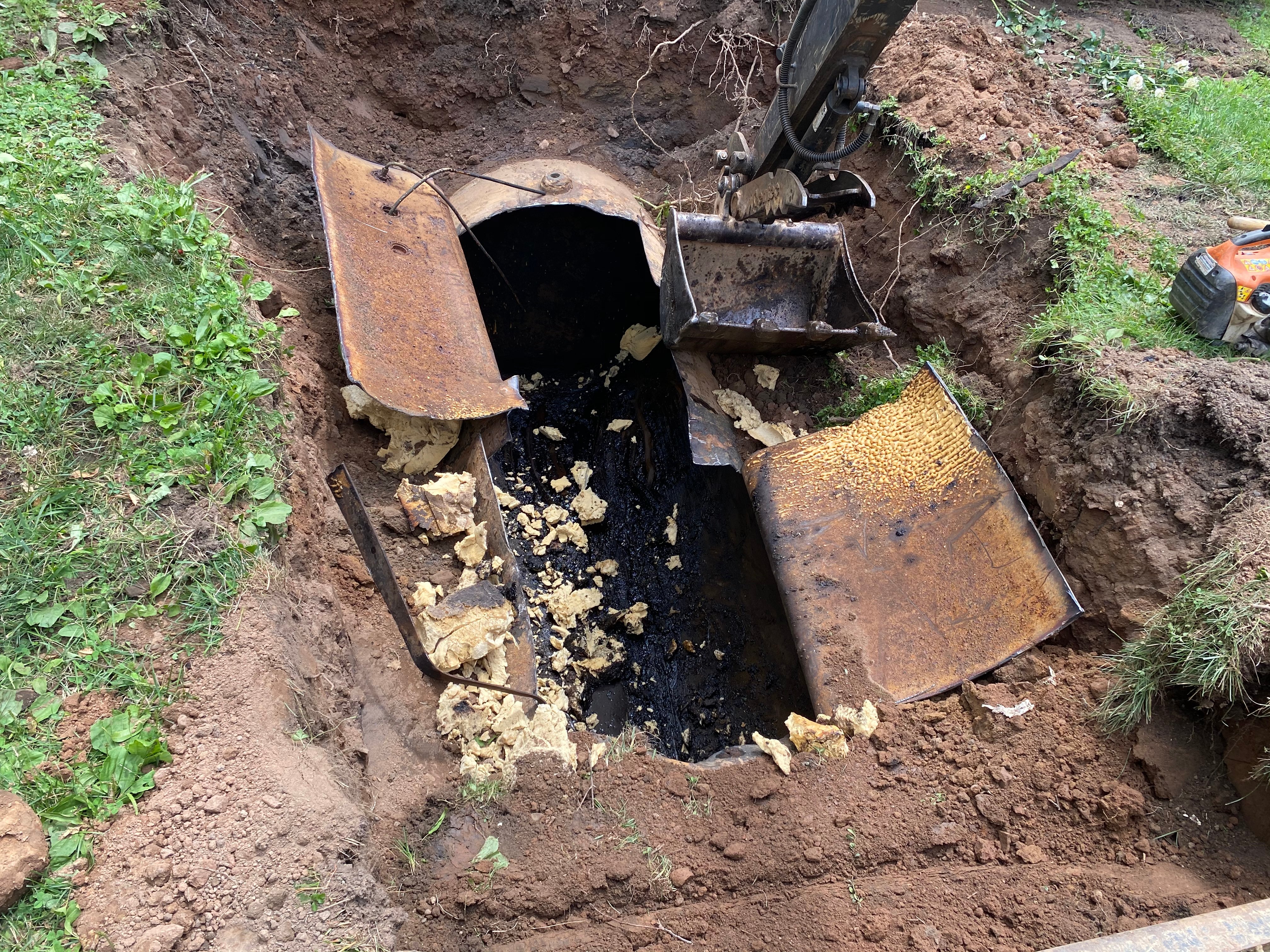 You can see that to clean a tank you need elbow grease to go inside the tank, any oil left in a tank can leak in the future, hence why closed in place are removed.
You can see that to clean a tank you need elbow grease to go inside the tank, any oil left in a tank can leak in the future, hence why closed in place are removed.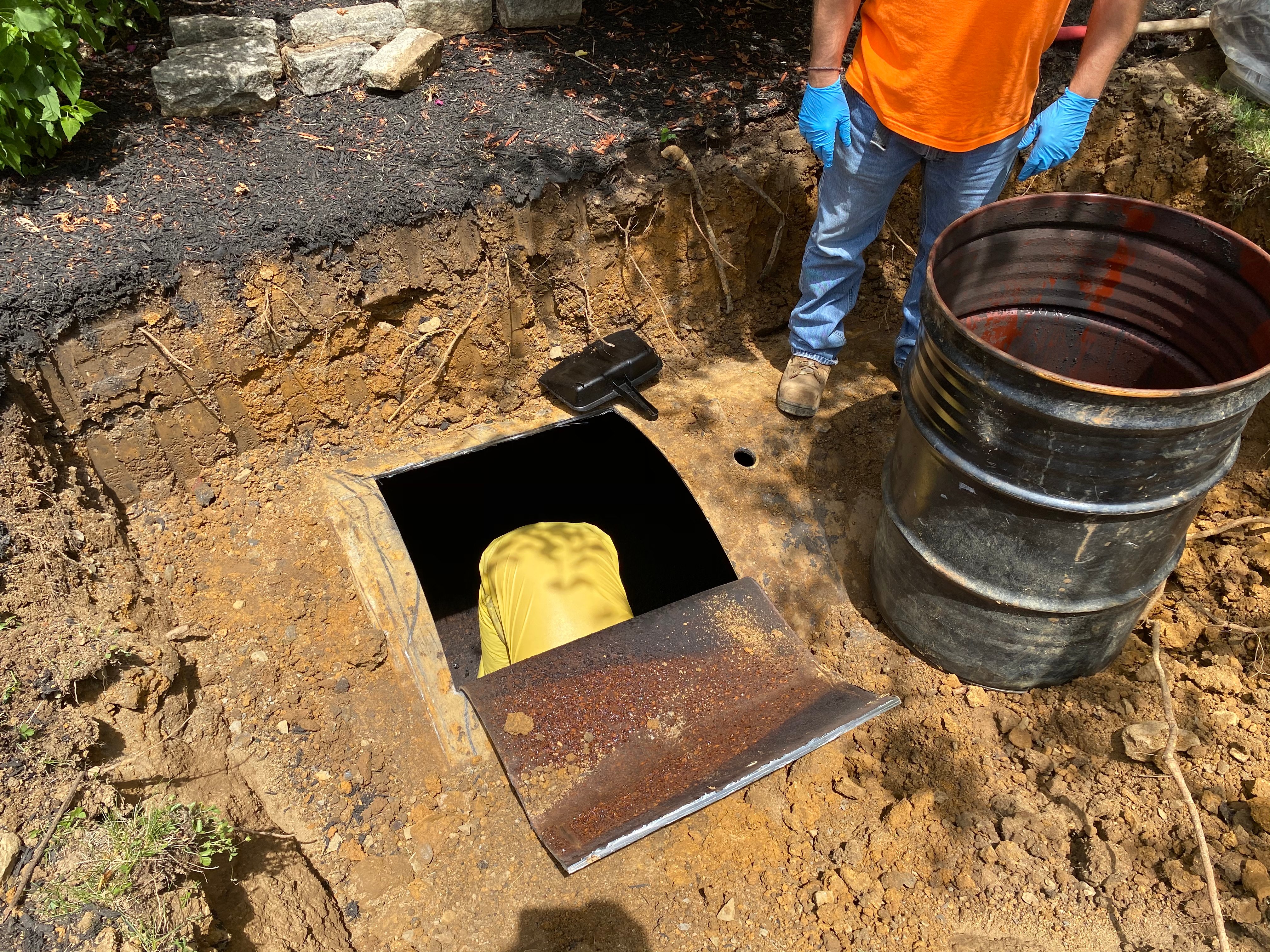
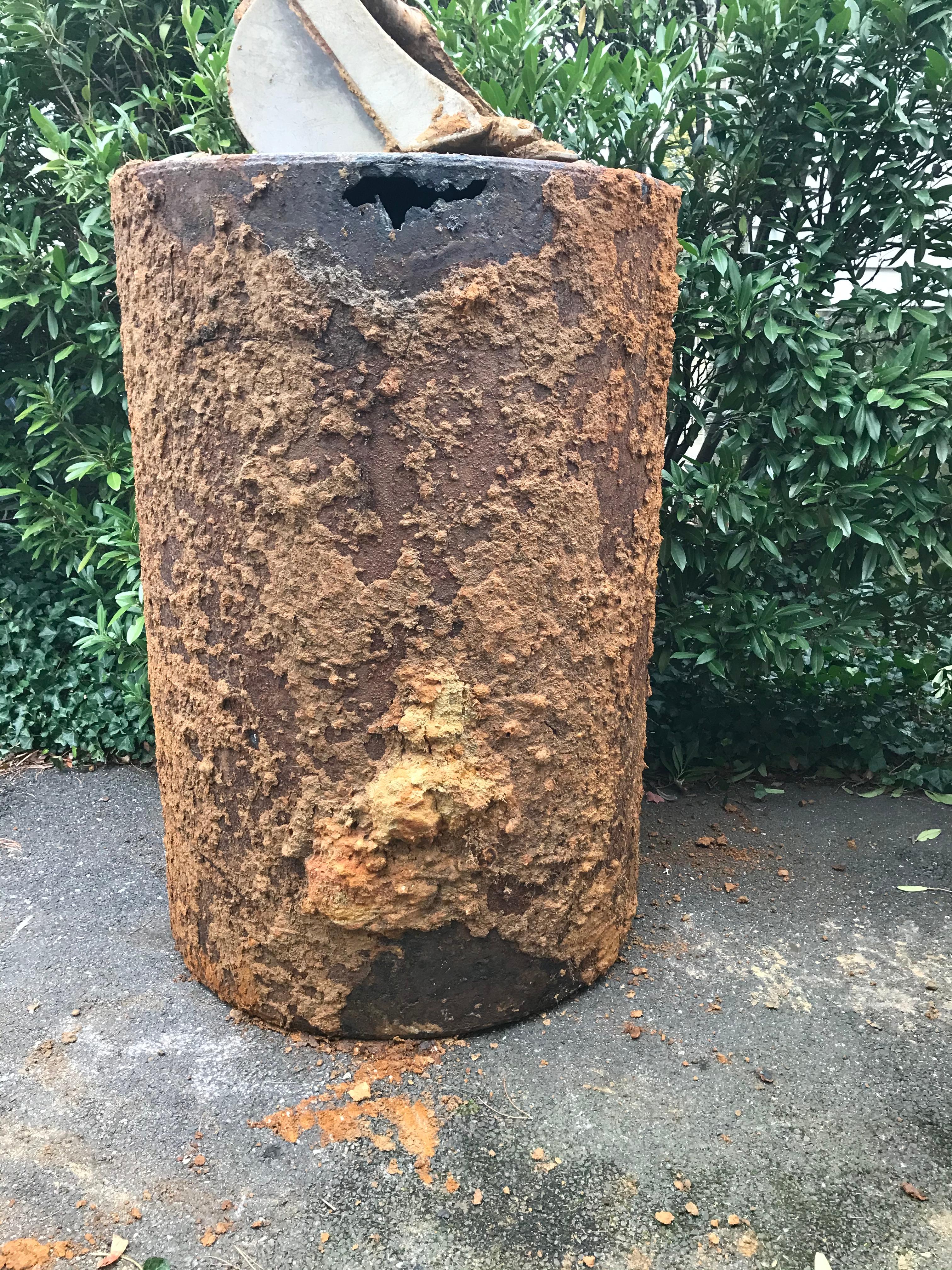
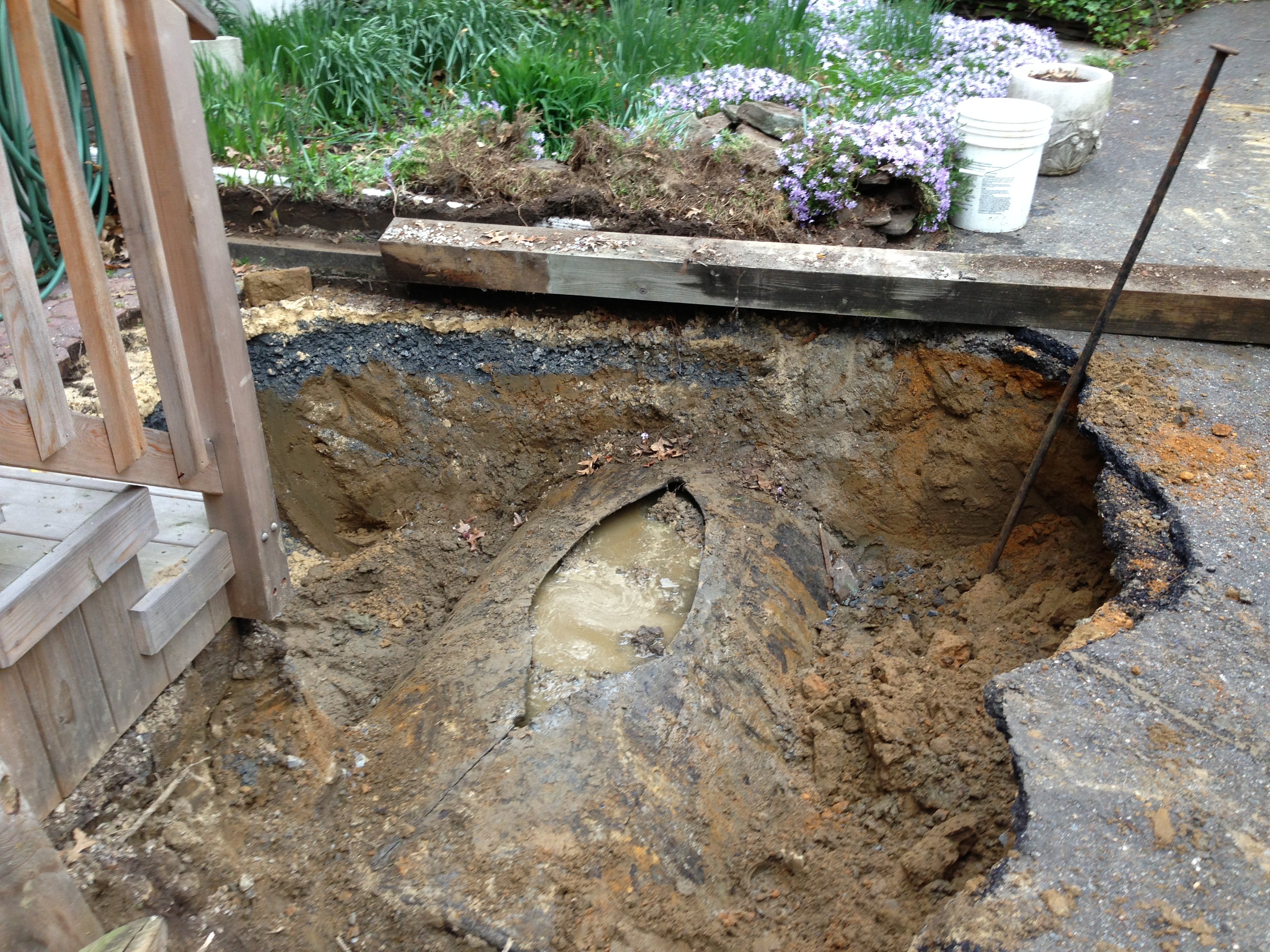
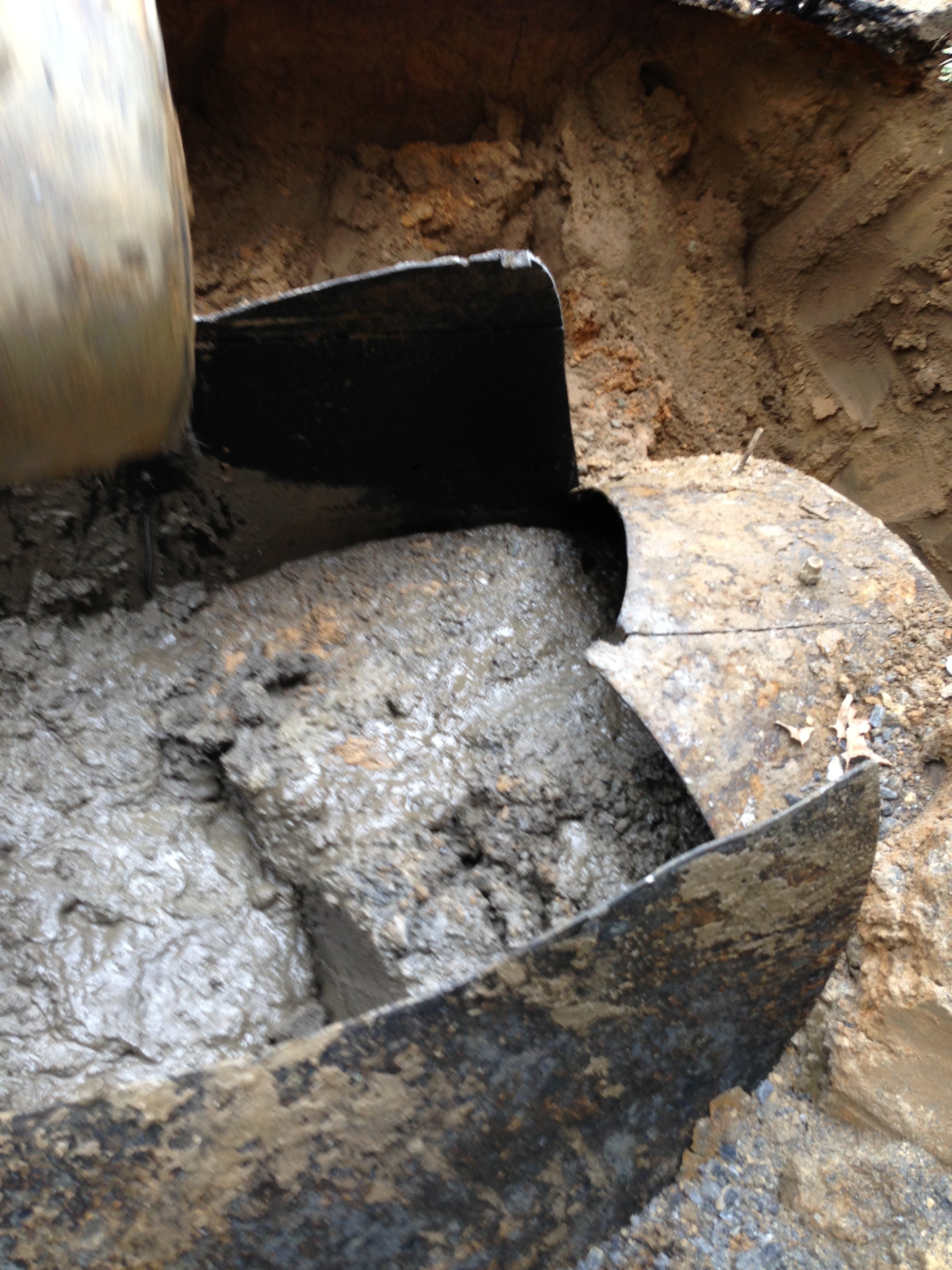
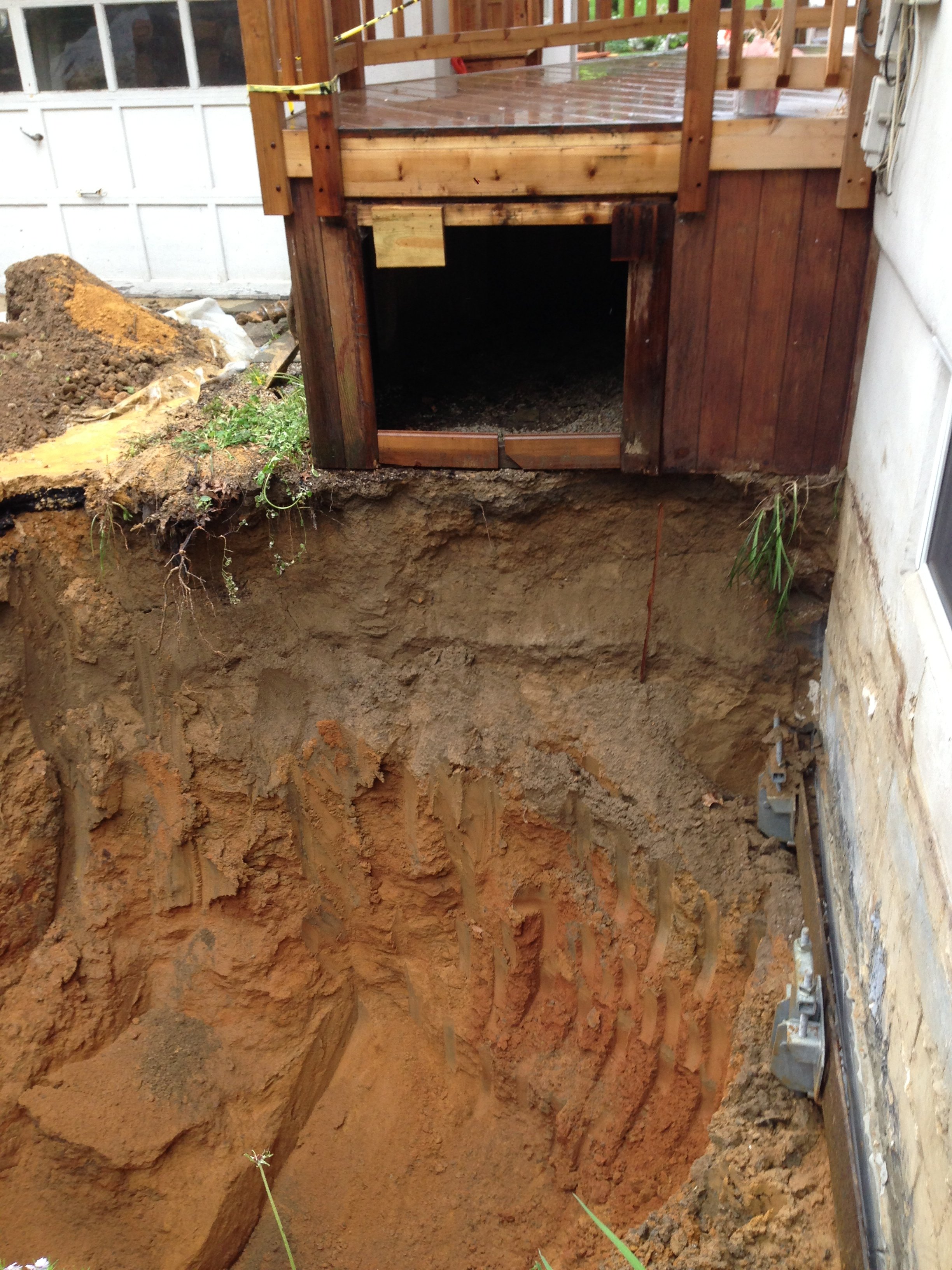
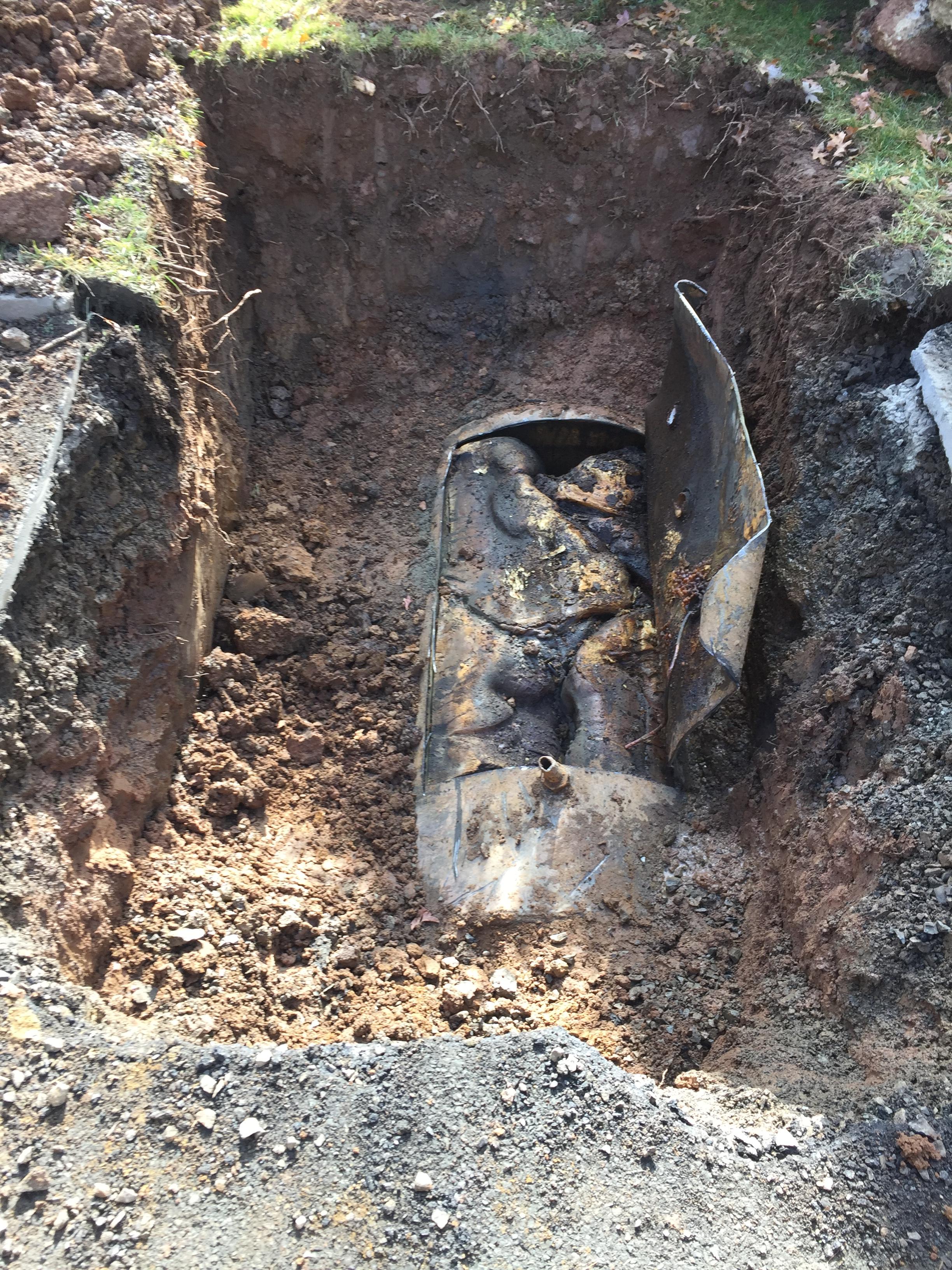 Statements from property owners calling our office about their tank over the past 25 years.
Statements from property owners calling our office about their tank over the past 25 years.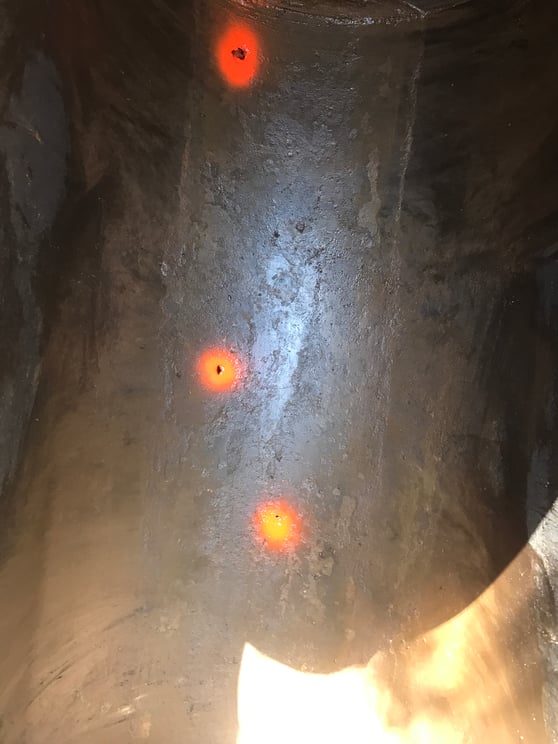
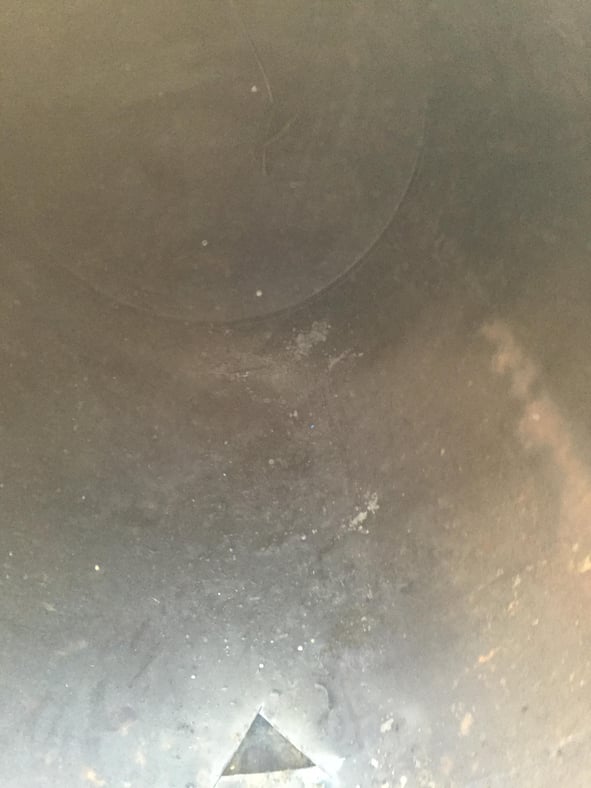

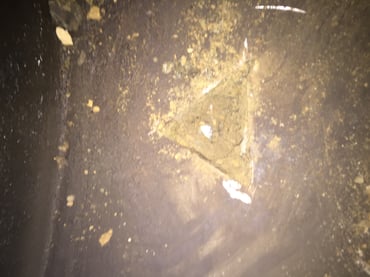
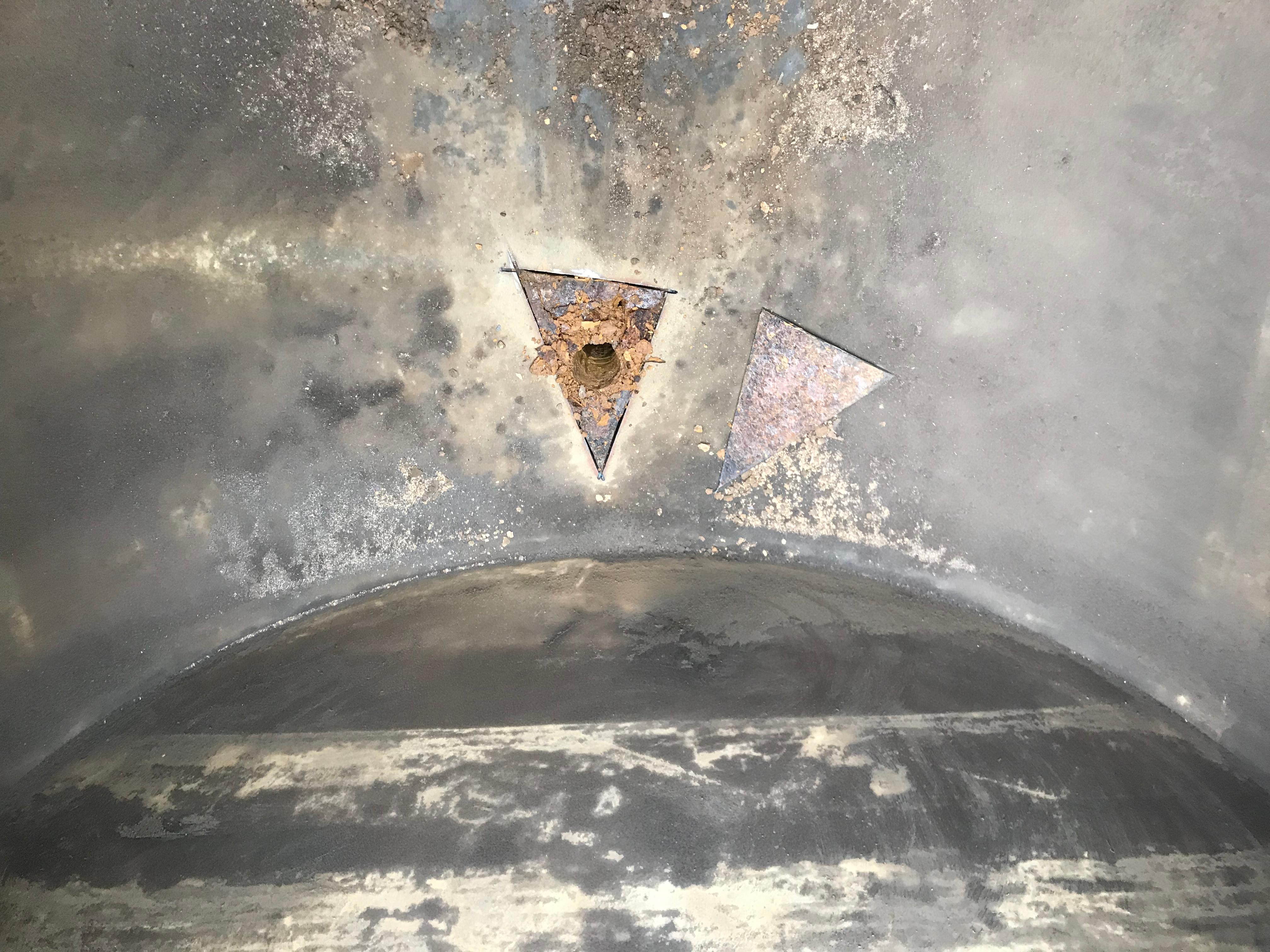
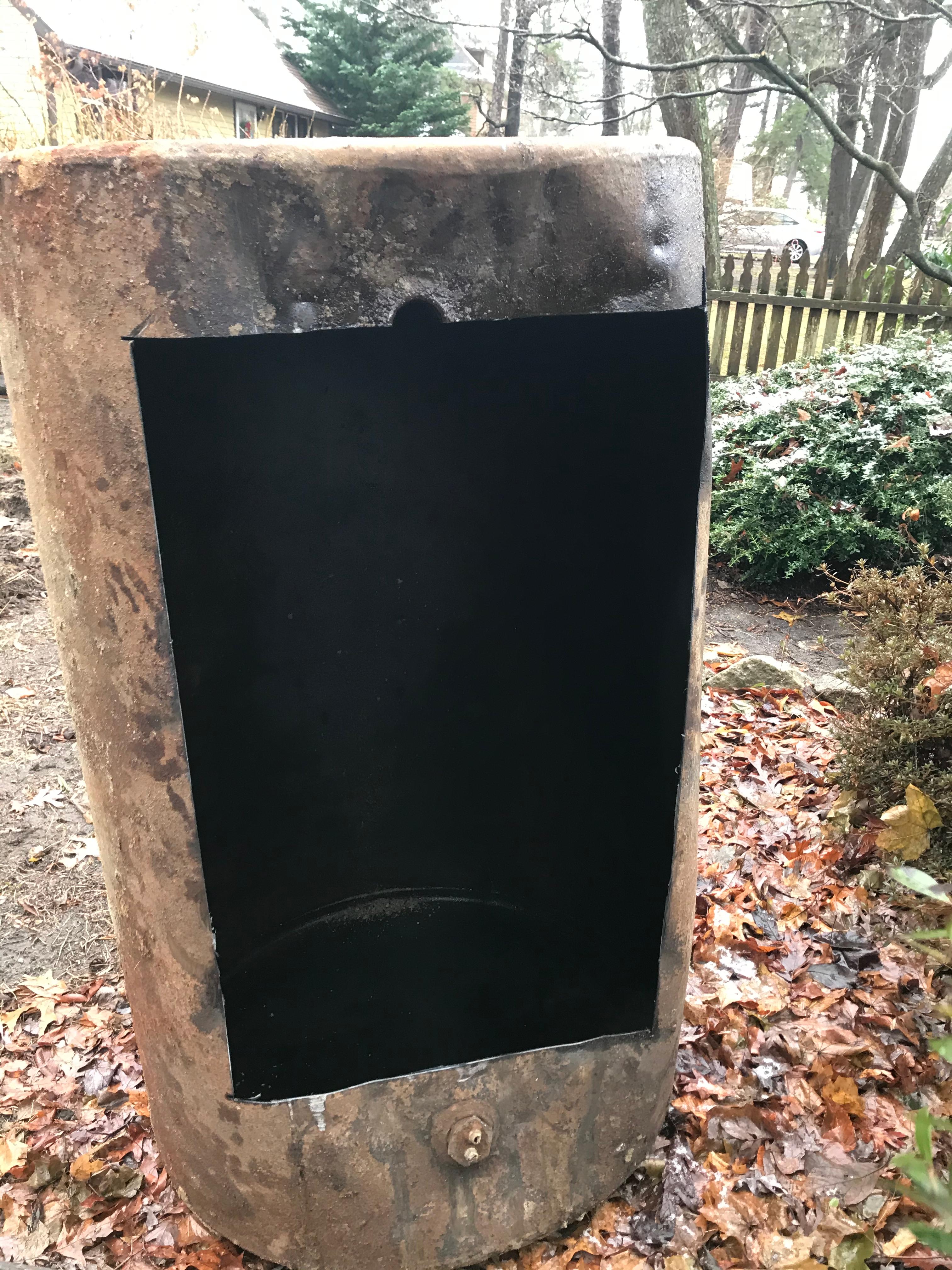
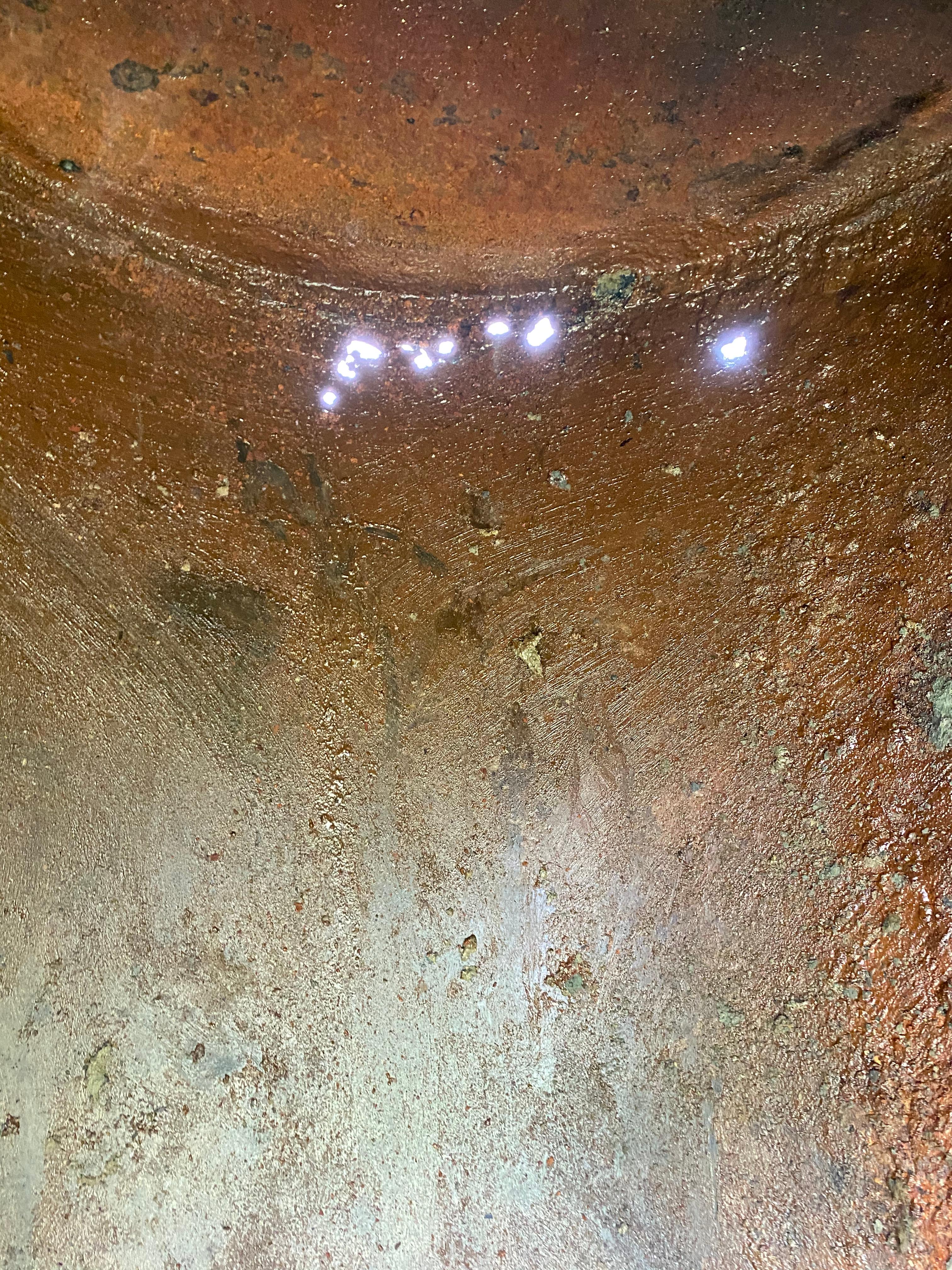
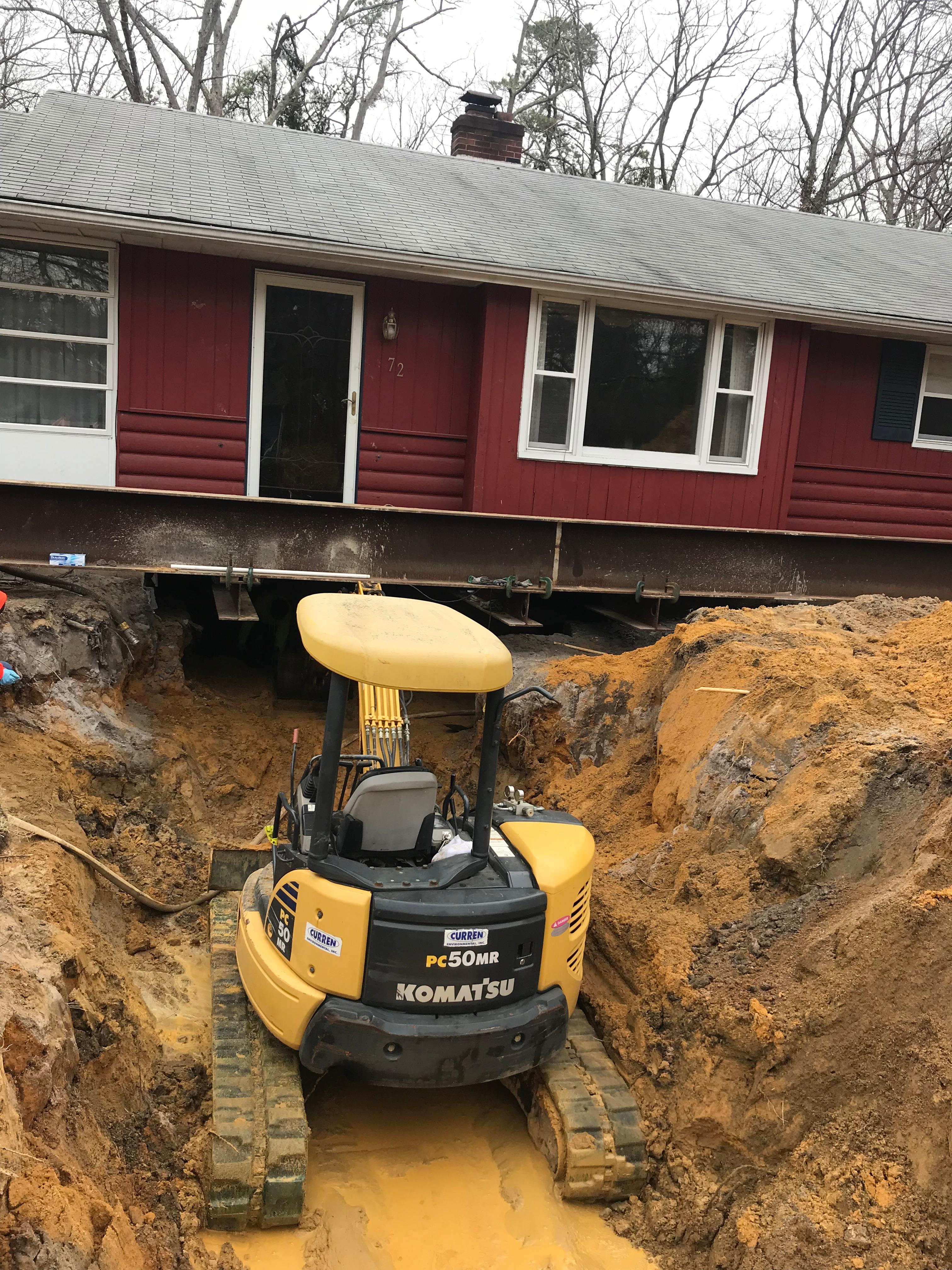

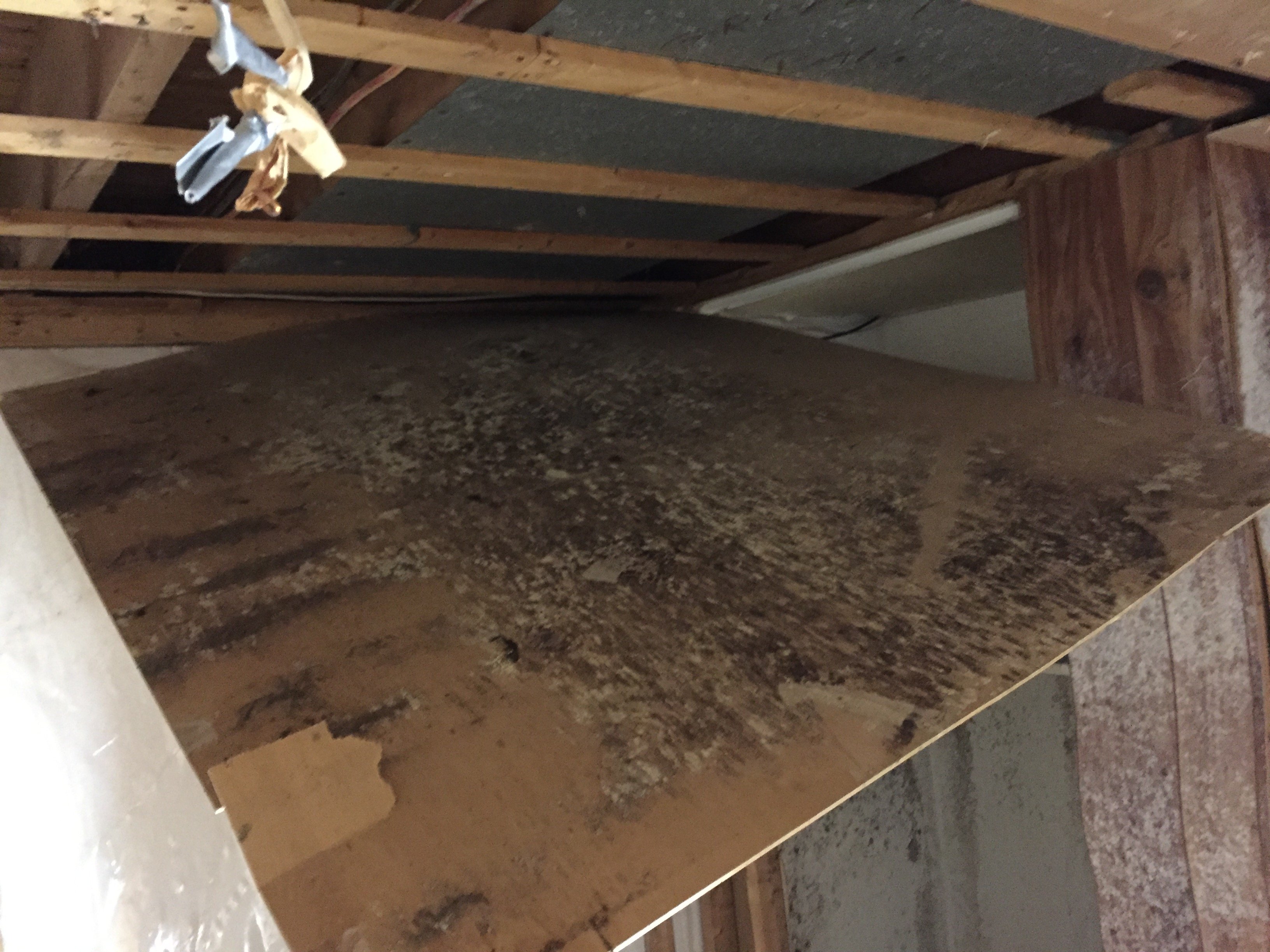
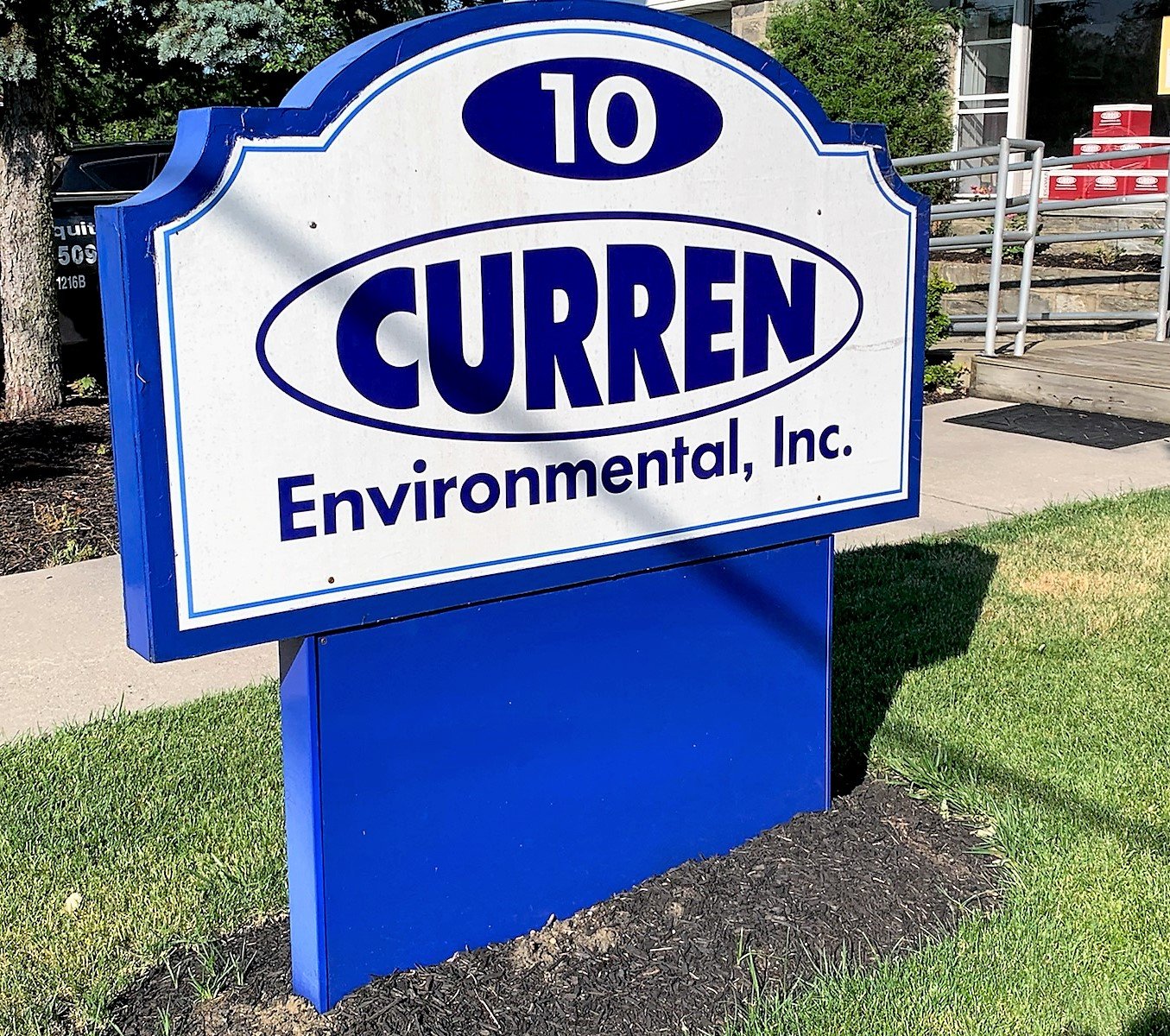
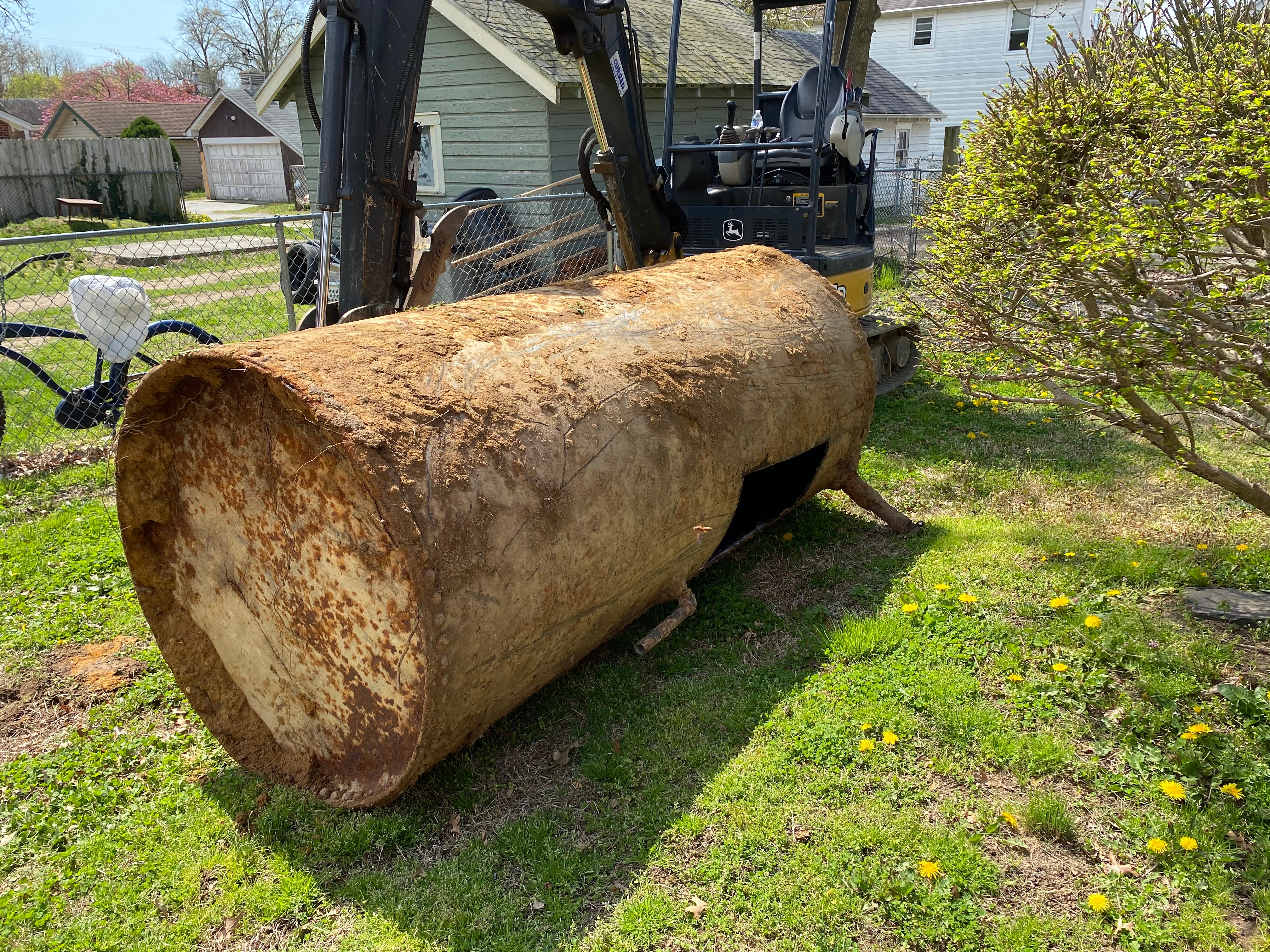
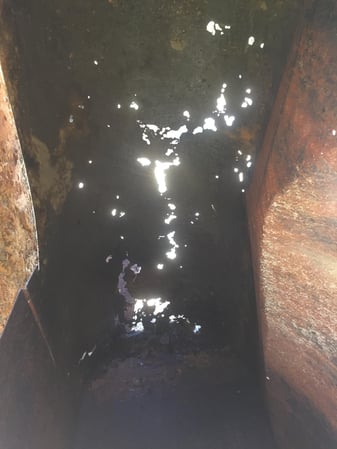
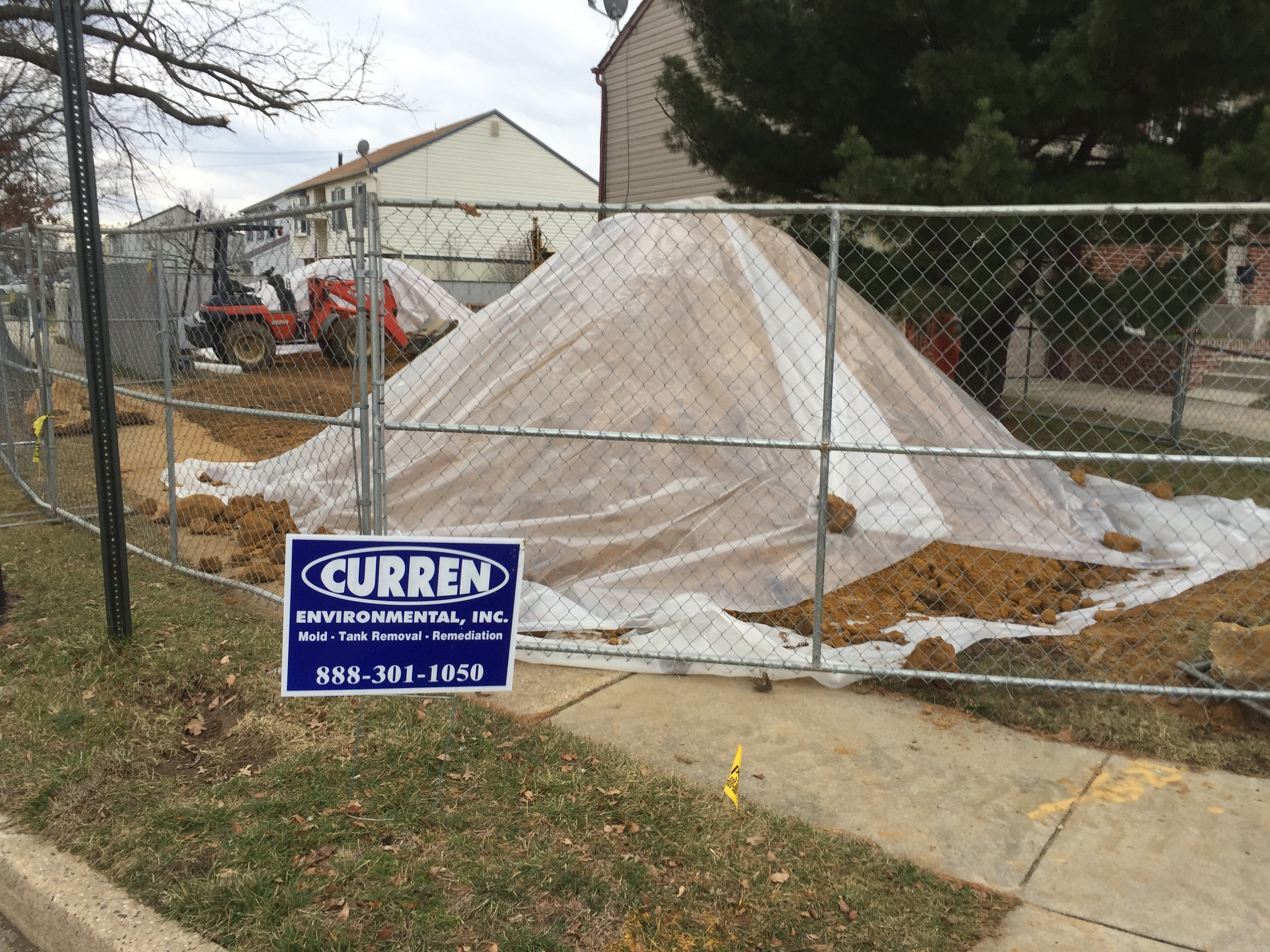


 Third, once the tank is cleaned, you need to test the soil, which entails cutting holes in the bottom of the tank. This takes longer than someone would expect, as the person who cleaned the tank has to leave the tank, change work clothing, to cut these holes. Whereas in the situation when you remove the tank, it is much easier to sample the excavation as the soil is exposed.
Third, once the tank is cleaned, you need to test the soil, which entails cutting holes in the bottom of the tank. This takes longer than someone would expect, as the person who cleaned the tank has to leave the tank, change work clothing, to cut these holes. Whereas in the situation when you remove the tank, it is much easier to sample the excavation as the soil is exposed. Finally, you have the task of backing the area. If you remove the tank, backfilling is fairly straightforward, as you have an open area to fill in.
Finally, you have the task of backing the area. If you remove the tank, backfilling is fairly straightforward, as you have an open area to fill in.

.jpg?width=587&name=mold%20in%20home%20before%20flip%20(002).jpg)
